I-Cord on the Machine

I-cord (or slip cord) can be used in many ways to embellish your knitting. It can be used as shoulder straps for girls dresses, belts and decorative ties … the
...click to see full description
Yarn Counts - What do Those Numbers Mean?

When working with coned yarn, many knitters are confused by the numbering system.
Yarn on cones is often referred to by the yarn count (3/8, 10/2 etc).
...click to see full description
Using the McMorran Yarn Balance
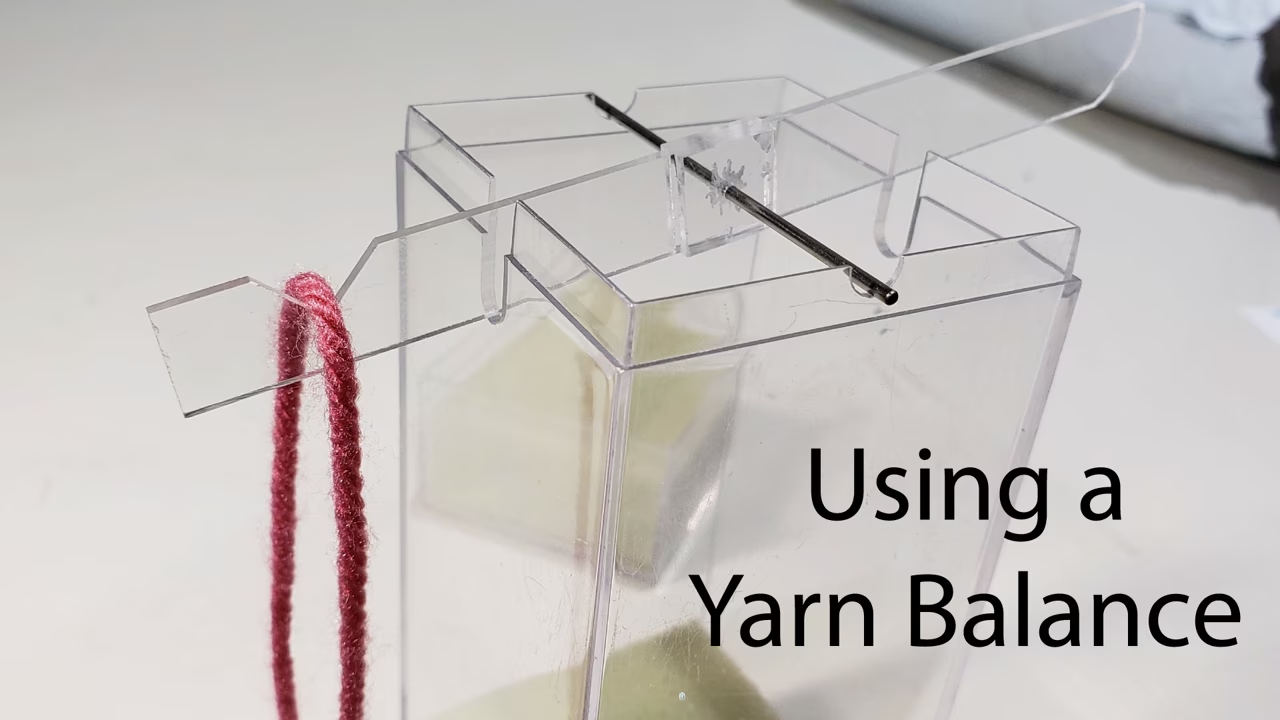
Using a McMorran Yarn Balance (or scale) allows you to identify the yards per pound (ypp) when it is unknown.
This tool is available from many sources
...click to see full description
How Much Yarn Do I Need?

One of the most often asked question is How much yarn do I need? or Do I have enough yarn to knit my sweater?
If you are
...click to see full description
Duplicate Stitch

Duplicate stitch is an embroidery technique that has many uses in knitting.
Embellish a garment
Make Repairs
Quickly and Easily add
...click to see full description
Troubleshooting Tips - Casting On
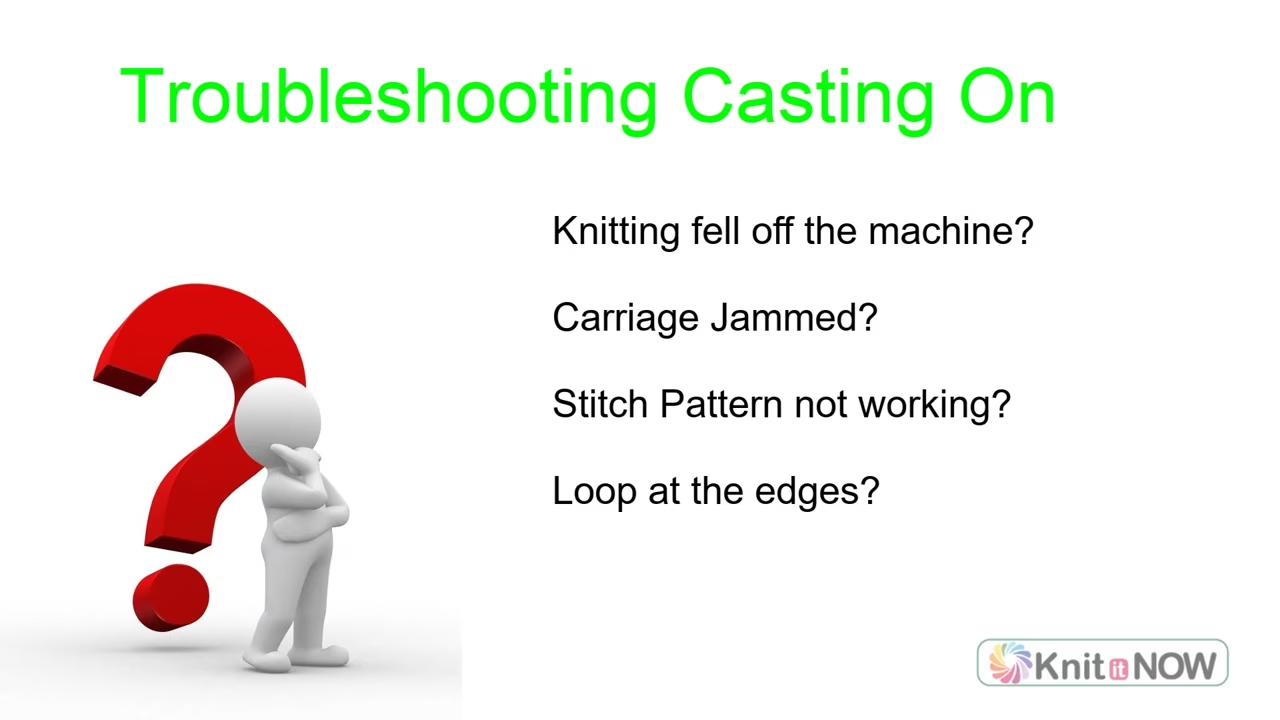
When you cast on has this ever happened to you?
Carriage jams
Needles don't move
Stitches drop
Stitches tuck
...click to see full description
Troubleshooting Tips - Plain Knitting

Whether you are a new knitter or using a new machine for the first time, sometimes things happen to thwart your knitting.
This is the 2nd in a series of
...click to see full description
Troubleshooting Tips - Pattern Knitting
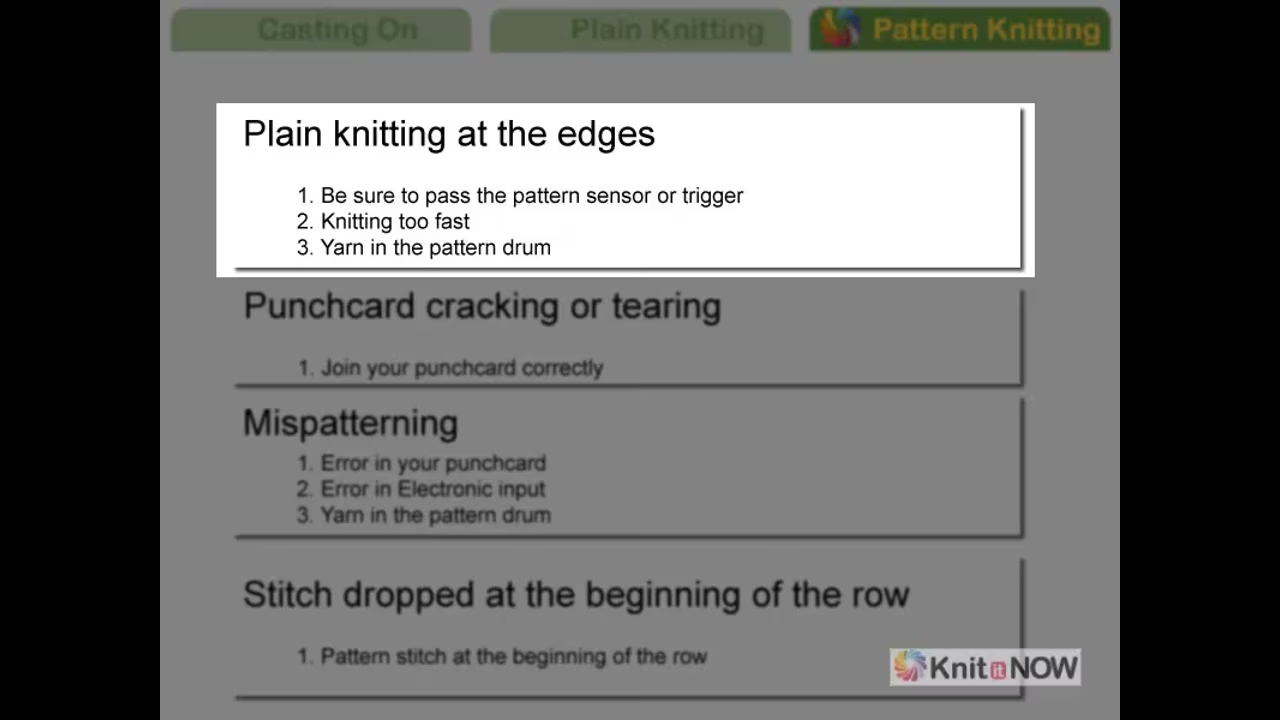
Automatic patterning helps us make beautiful textures and fabrics. Sometimes things don't go as planned.
This is the 3rd in the Troubleshooting series and
...click to see full description
Fixing Mistakes - Speed Ripping

Mistakes happen. Being comfortable with ripping out rows of knitting is essential for every knitter. How many times have we
discovered too many rows
...click to see full description
Needle Pitch - Why does it matter?
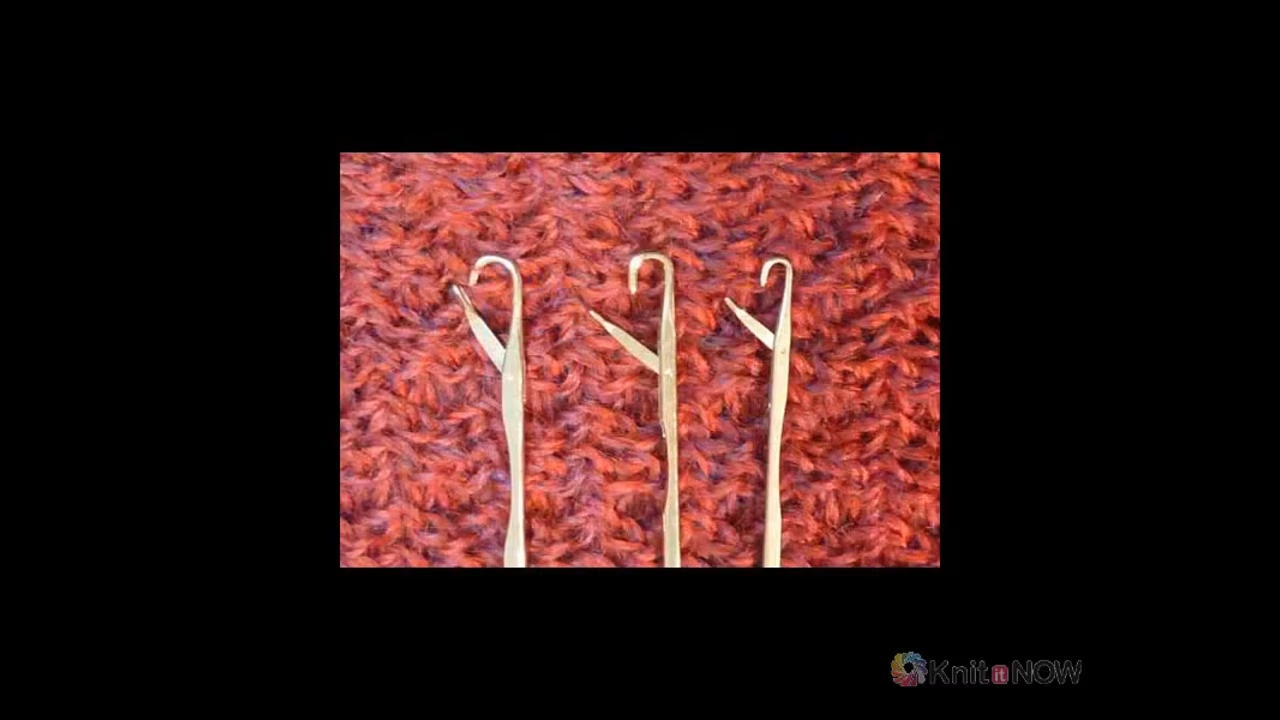
Machine Needle Pitch refers to the distance between the needles on the needle bed. Explore the different needle pitches and why they are critical to successful
...click to see full description
Bridging Challenge aka Free Pass
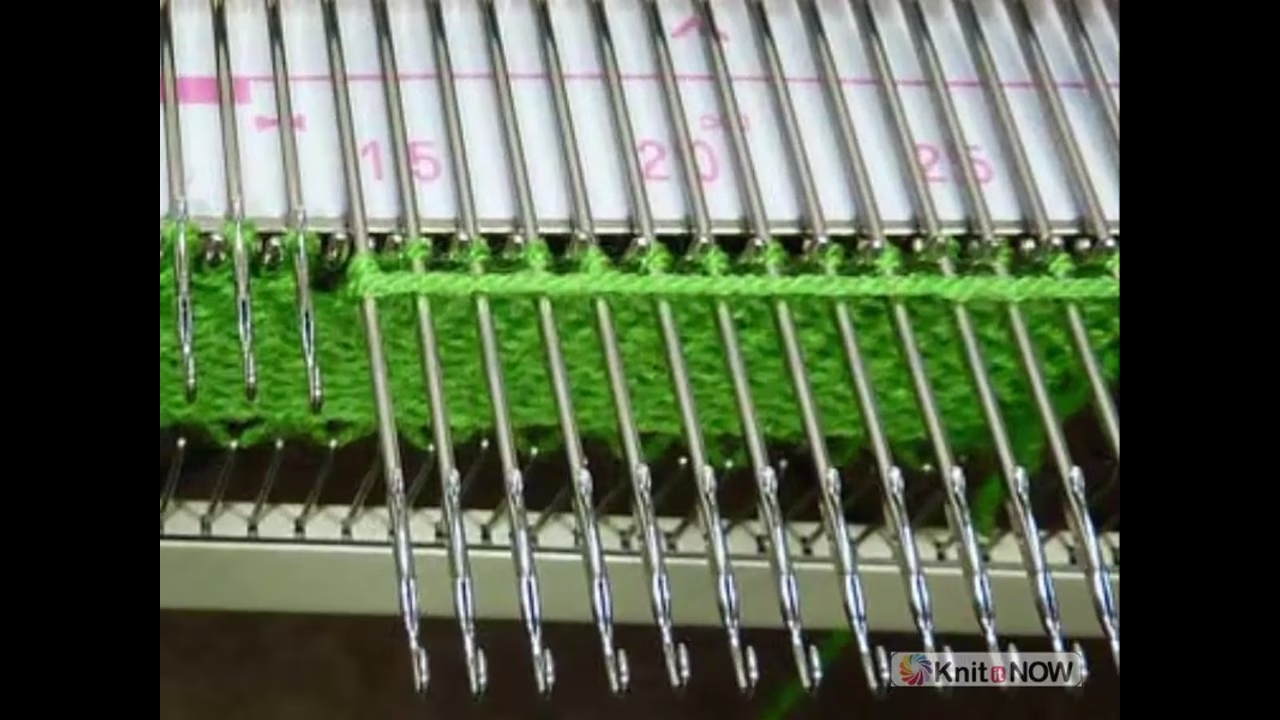
Who's in charge? You or your machine?
Can you knit half the stitches in a row, then return the carriage back to the opposite side of the bed without
...click to see full description
Set In Sleeve Perfection

Do you love the look of set in sleeves?
Have you been less-than-successful in knitting sweaters with set in sleeves?
Here are 3 common reasons
...click to see full description
Taming Yarn Tails

Do you find yourself struggling with lots of yarn ends when you machine knit? Compared to hand knitting, machine knitting can be a really messy hobby.
...click to see full description
Free Pass (Position the carriage)
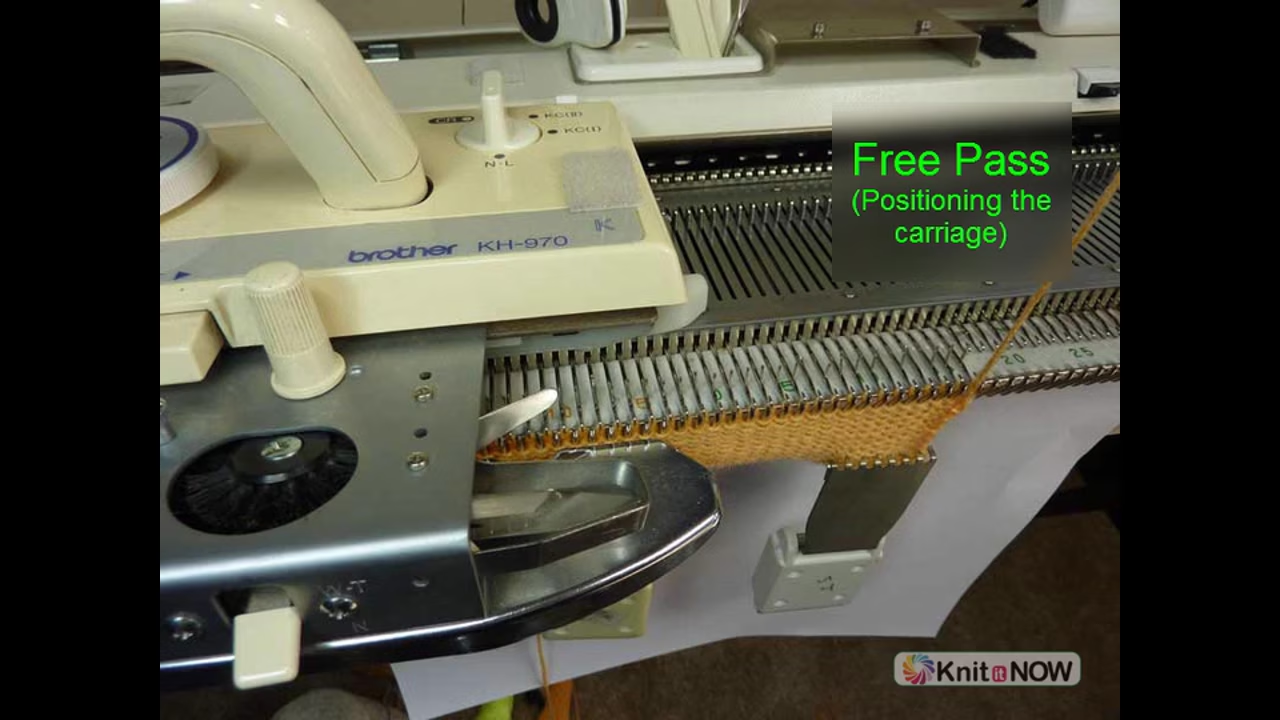
You just ripped out a row of knitting, or put some knitting back on the bed from waste yarn or the garter bar. Perhaps you did a bit of shaping and now your
...click to see full description
Marker Rows

There are times when you will be picking up stitches in the knitting below the current row. It's helpful to create a marking row for accuracy.
You'd use a
...click to see full description
Ready, Set, KNIT!

We machine knit because we want to get done fast! With a little preparation, you can finish even faster! Gather all your tools and supplies BEFORE you get
...click to see full description
Take off Live Stitches

Use a hand knitting needle to remove all (or some) needles from the needlebed.
Temporarily hold stitches:
To reverse knitting (create purl
...click to see full description
Manual Wrap for Short Row Shaping
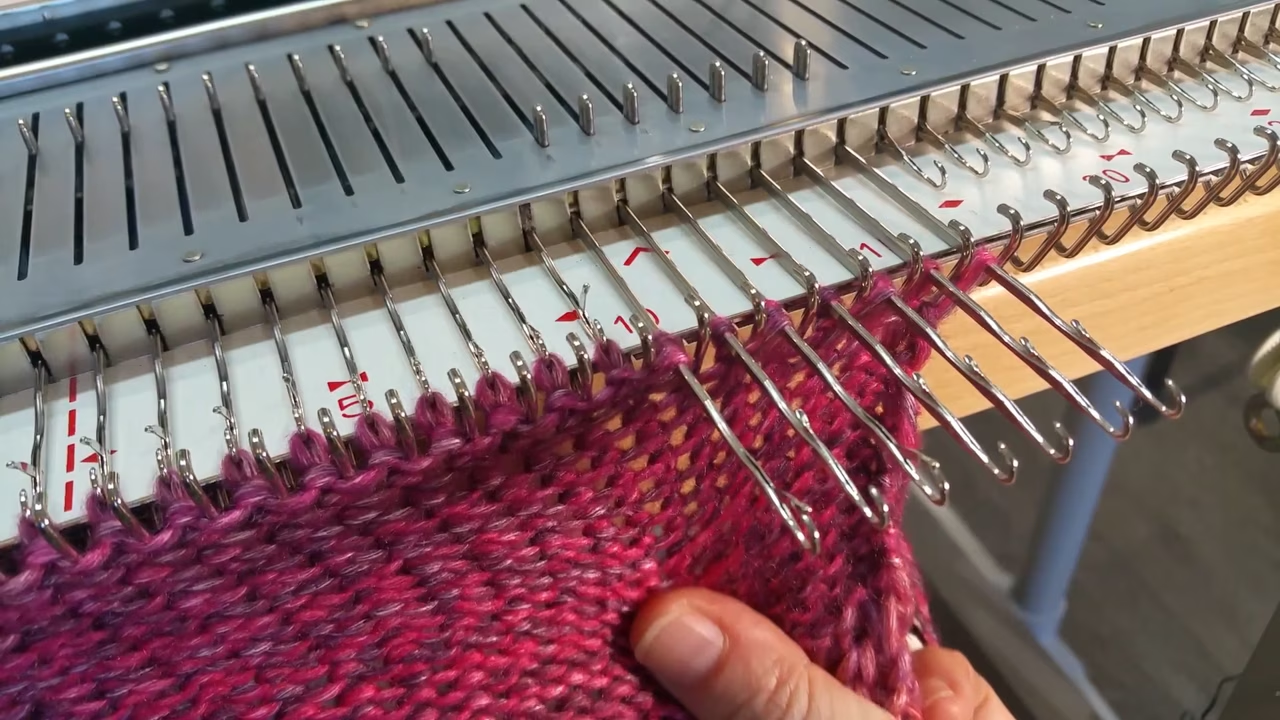
Manual Wrap for Short Row Shaping (no sound)
Best Machine Knitting Advice

2 "rules" for successful machine knitting. Want garments that fit? Don't ignore this crucial advice
Toes and Heels - Automatic Wrap
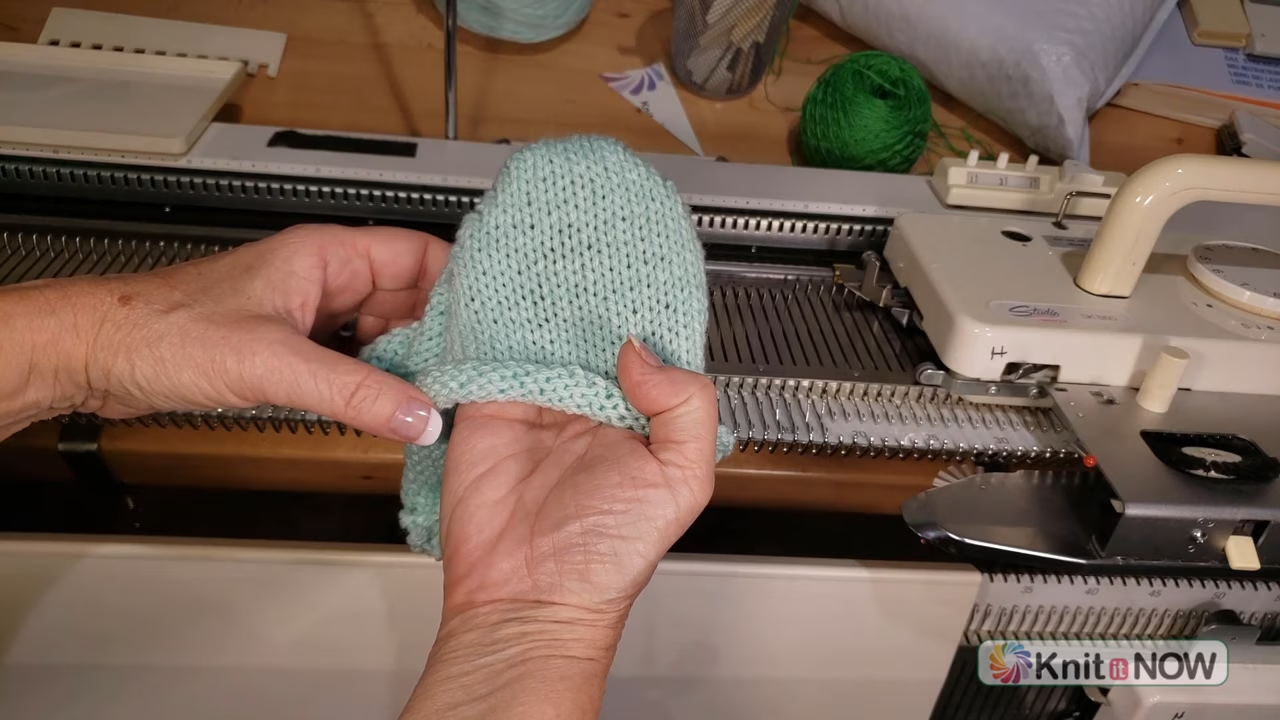
Learn to use short row shaping with AUTOMATIC wrapping to shape toes and heels of socks.
Hold That Needle! Understanding the ‘Hold Position’ on Any Machine

"Place Needles in hold" Huhh??? For new knitters, especially hand knitters, this concept may be foreign. Let's explore the hold position and it's uses. We'll
...click to see full description
Replay: Knitting Disasters - Prevent and Cure

It's happened to us all ... the work drops off the machine (always at the worst moment). We drop stitches or knit in a knot.
Don't feel alone! Take a
...click to see full description
Quick Scrap Off Tip

When you need to scrap off a few stitches, try this tip. It's fast and the scrap is easy to remove.
End Needle Selection: Silver-Singer
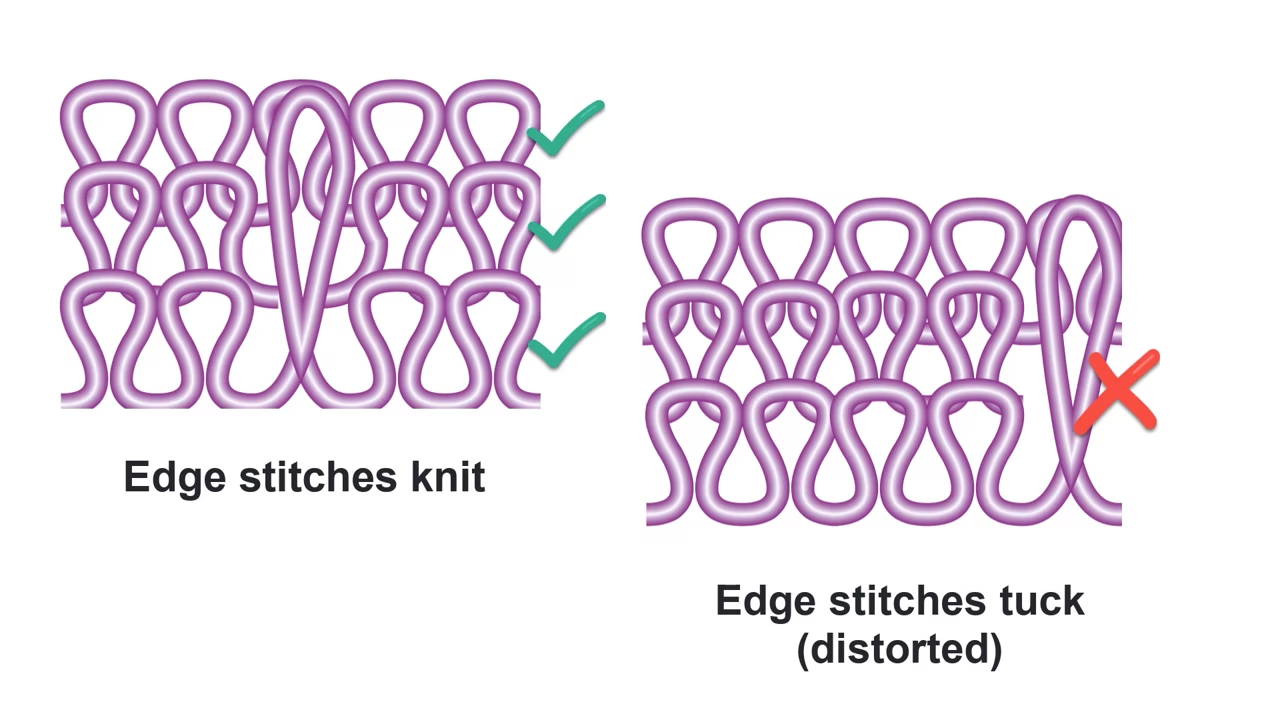
When working in pattern, keep the edges clean to make seaming and shaping easier. Cancel patterning on the edges with one simple tip.
End Needle Selection: Brother machines
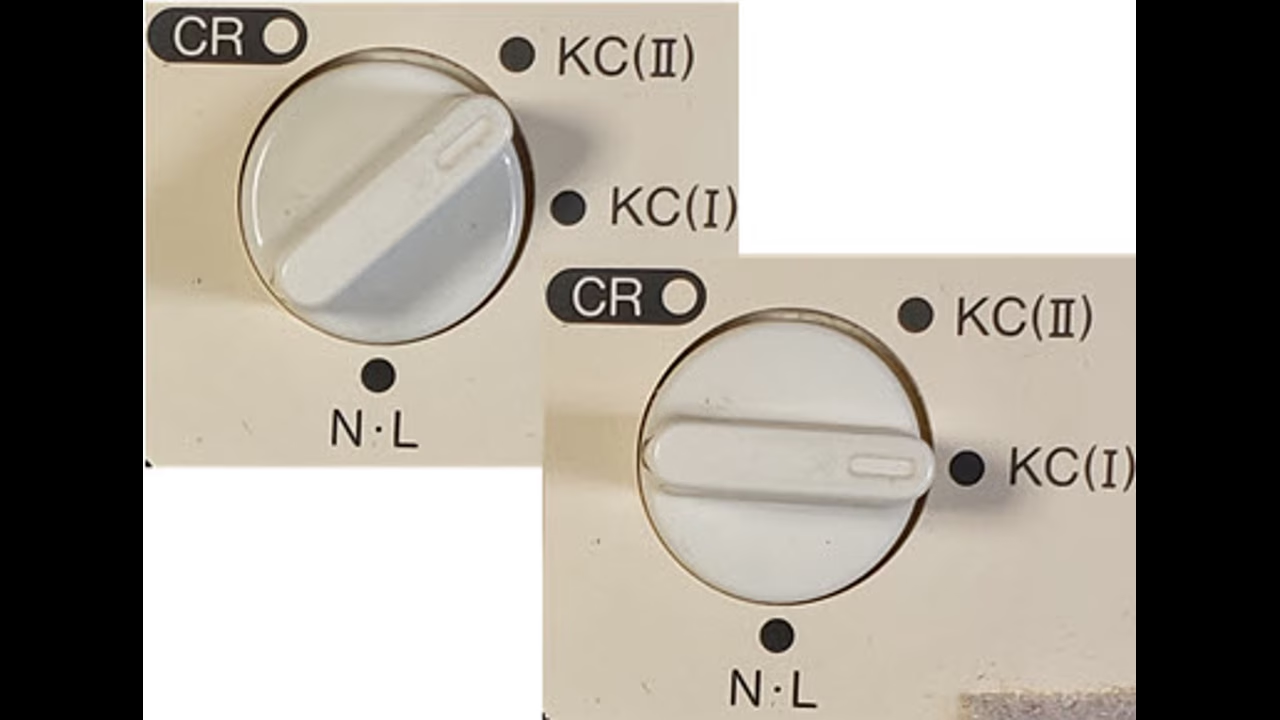
When working in pattern, keep the edges clean to make seaming and shaping easier. Cancel patterning on the edges with one simple tip.
Transfer Stitches with a Double Eye Needle

Transferring stitches between ribber and main bed can be done with a double-eye needle (bodkin).
Quick Knot Fix

Knot in your yarn? Don't knit it in! Position it at the edge and neatly secure the tails.
Reform Stitches with Latch Tool

Use the latch tool to reverse individual stitches and form purl stitches. Use to create garter ridges and garter columns
Singer/Silver Thread the Carraige
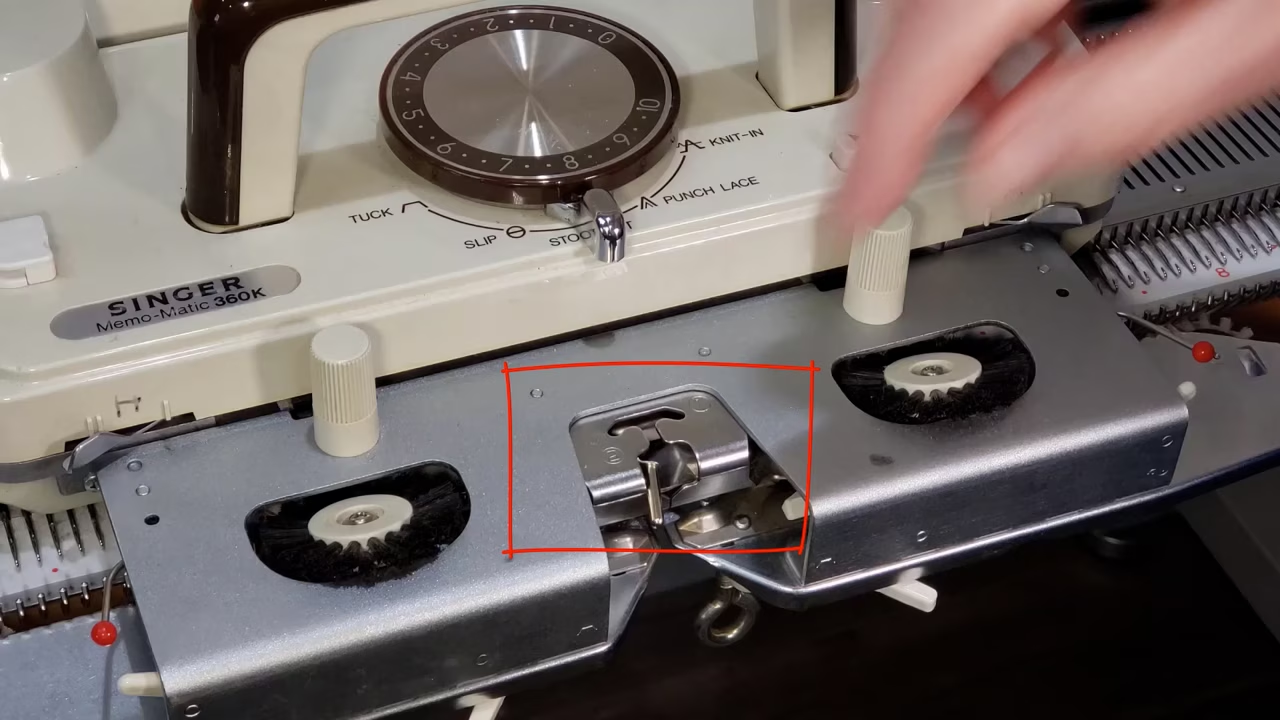
Explore the yarn feeder on a Singer/Silver Machine and learn to thread it correctly.
Singer/Silver Thread the Yarn mast

Thread the yarn mast and tension assembly for smooth, consistent tension for knitting.
Yarn Tails

No More Loose Ends: Weave in Yarn Tails While You Knit
How to Knit a Proper Swatch: The Secret to Machine Knitting Success
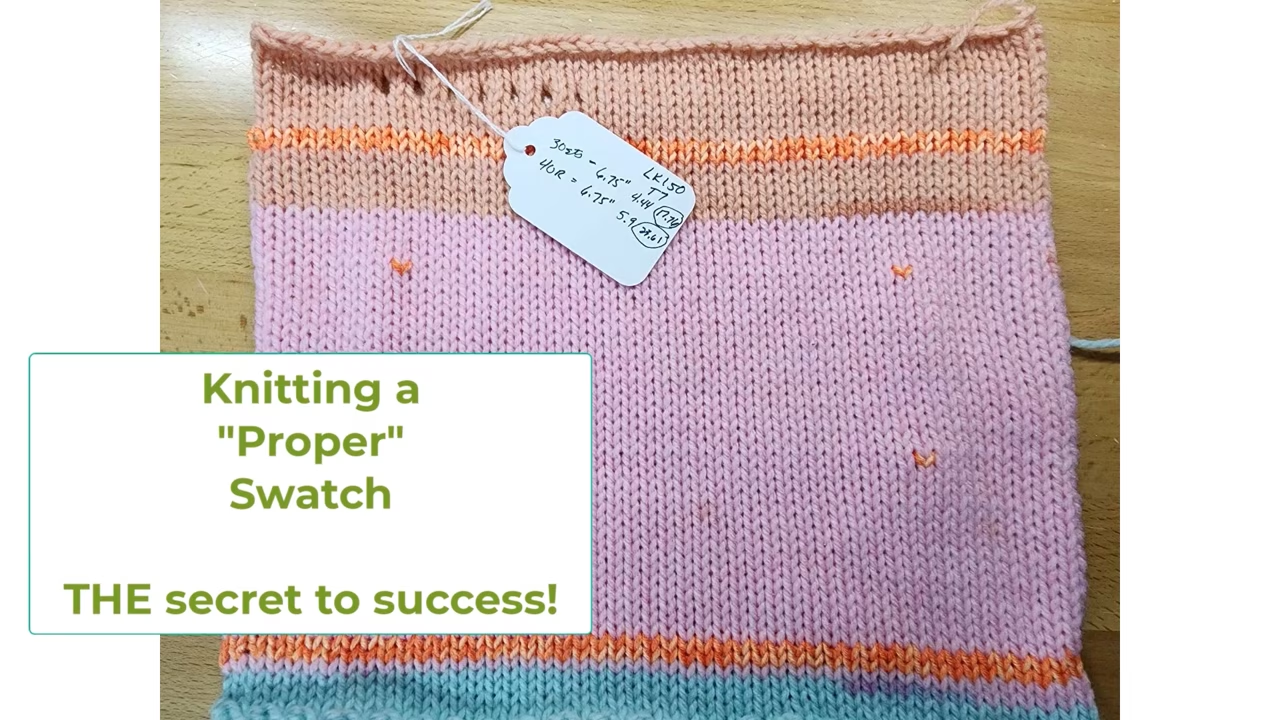
Learn how to knit a proper swatch—the key to successful machine knitting! This detailed tutorial walks you through every step, from casting on to placing stitch
...click to see full description
Latch Tool Bind Off

Use the latch tool for a quick bind off method that creates a chain edge.
Needles out of Work Bind Off

Neat bind off when knitting stitch pattens with needles out of work
Favorite Bind Off
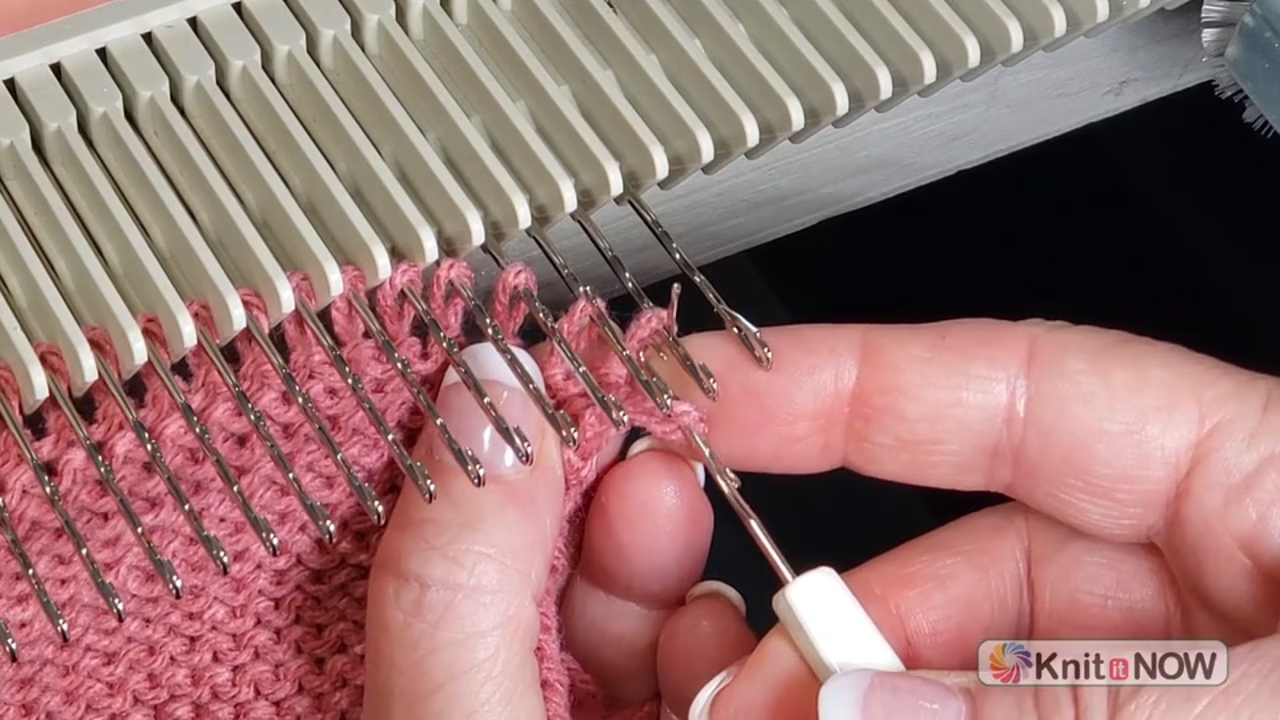
Stitch thru stitch bind off that is worked so YOU control the size of the bind off stitches and the tension of the bind off edge. Make it as firm or loose as
...click to see full description
Figure 8 Bind Off
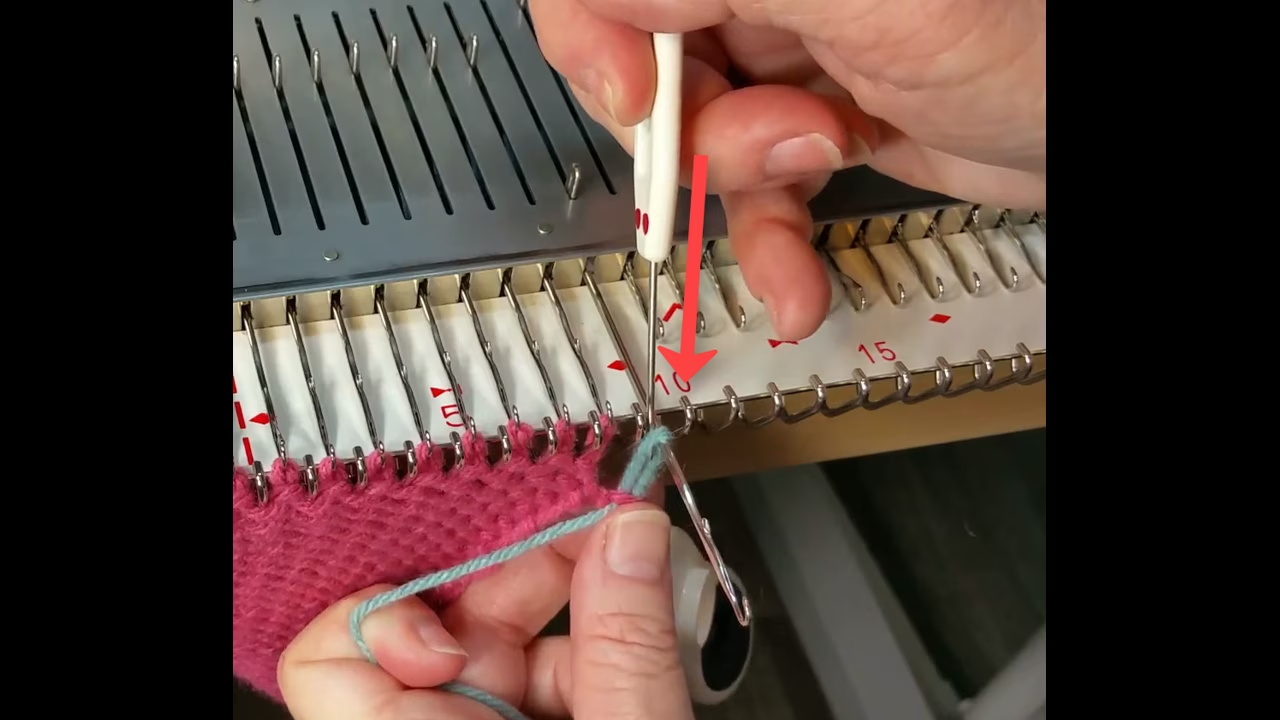
Here's a loose bind off that can be used anywhere you want an extra stretchy edge. Consider using this as bind off for ribbing. Simply transfer the ribber
...click to see full description
Scrap Off

Safely remove your knitting from the machine without dropping stitches or binding off. Scrapping off is used whenever you want to leave live, open stitches to
...click to see full description
Partial Bind Off
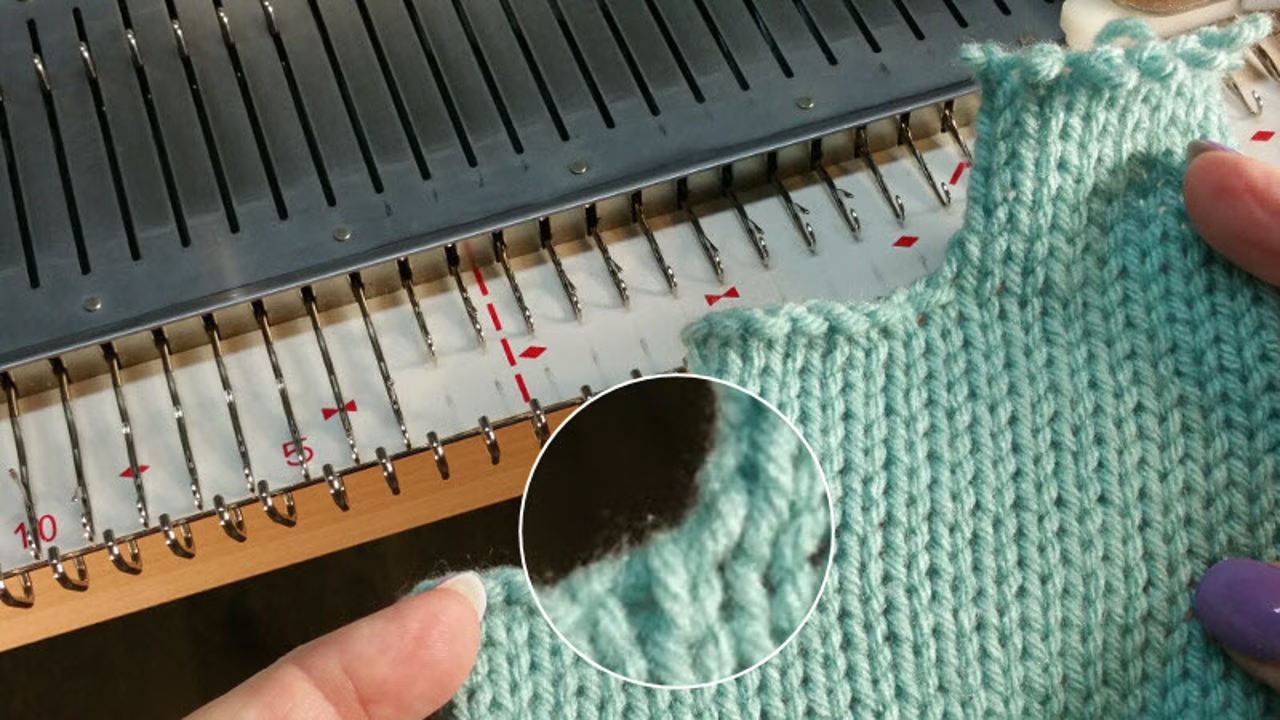
Many times we are instructed to bind off a few stitches at the beginning of a row. For example, when shaping an armhole.
What do you do with the last
...click to see full description
Favorite Bind off
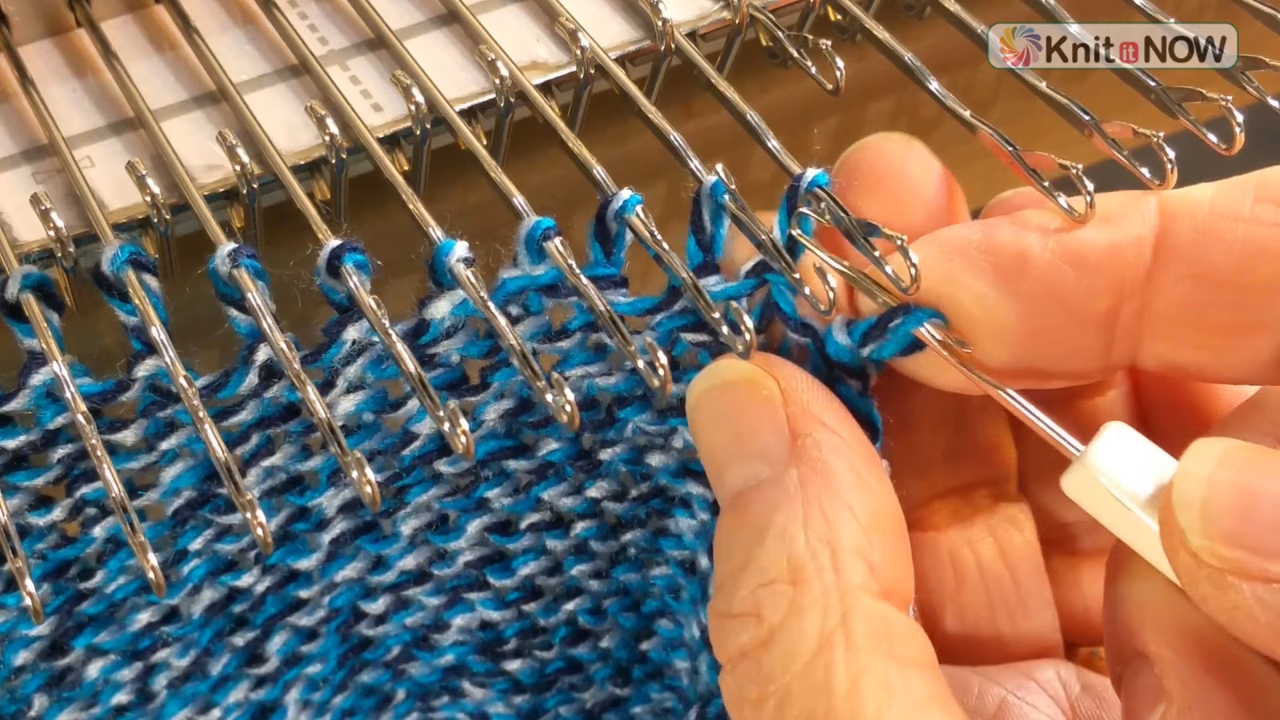
An all-time favorite bind off that allows for control over the stretch of the bind off edge. Even if you love the round-the-gatepeg bind off method. You have to
...click to see full description
Bind off Basics

Most knitting patterns tell you to bind off stitches at the end of a piece. Beginners will sit with a question mark over their heads? Which bind off method
...click to see full description
Stretchy (Back stitch) Bind Off

Here's a stretchy bind off that you will love! Similar to a hand knitting sewn bind off, it's just as fast as any other bind off method.
This technique
...click to see full description
Stretchy Bind Off without Gate Pegs

Here's a stretchy bind off for machines that do not have gate pegs (gate posts, sinker posts). Similar to the 'around the gate peg' bind off, it gives the same
...click to see full description
Weaving Cast on

A quick and easy method to start knitting. Useful for swatches and scrap and ravel cast on. Your machine must have weaving brushes.
No brushes?
...click to see full description
Creating a Cast on Rag

A cast on rag is very useful when you need to cast on stitches. It can be used in place of scrap yarn in any situation, but it is especially useful when
...click to see full description
Chain Cast On

A staple for every machine knitter, this cast on will match a stitch through stitch bind off. Good for blankets and scarvesSuggested Videos:
...click to see full description
E-Wrap Cast On

A quick and easy basic cast on. A need-to-know for every machine knitter.
Double E-wrap 3 techniques

The basic e wrap is one of the first cast on methods that most machine knitters learn. It is similar to the thumb cast on that is a hand knitting beginners
...click to see full description
Weaving Cast on WITHOUT Brushes

Often patterns will instruct you to work a weaving cast on. This a quick and easy way to get started knitting.
If you don't have weaving brushes on
...click to see full description
Every other needle cast on
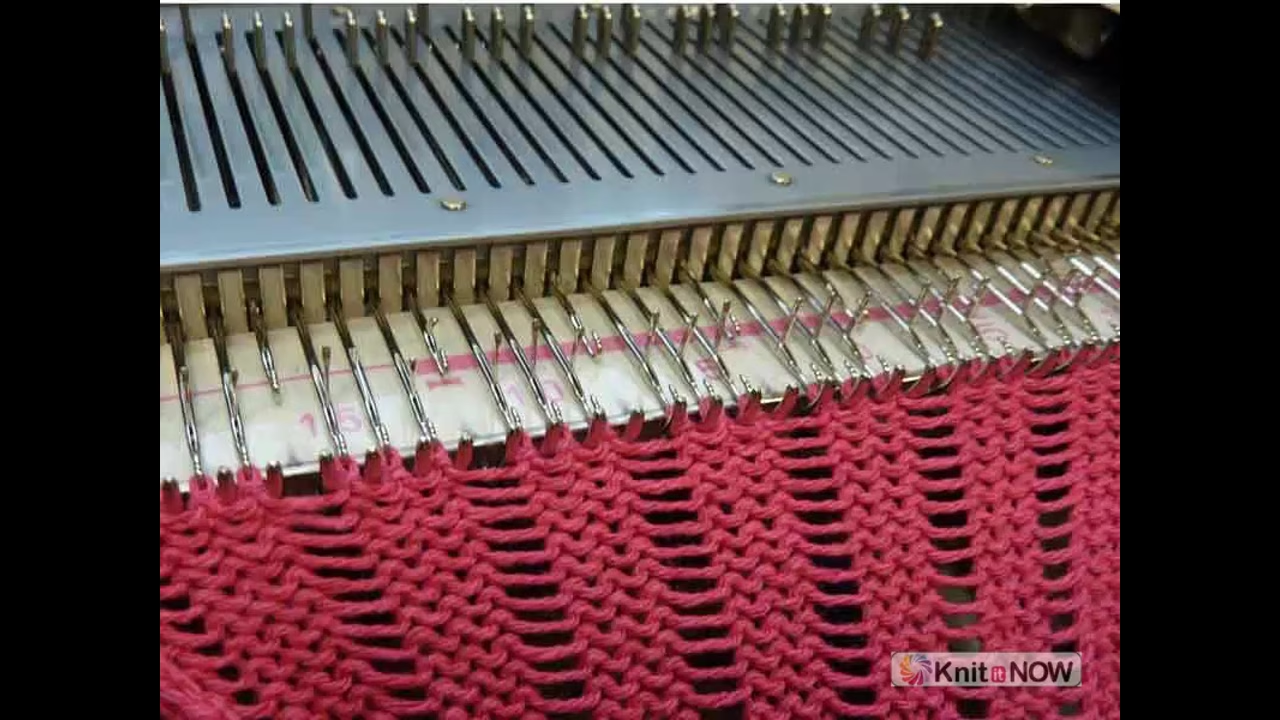
Some techniques require that you cast on over different needle arrangements. Here are 3 methods of casting over every other needle (or every 5th needle).
...click to see full description
Super Fast Closed Cast On

Used on any machine, this is the easiest of all closed cast on methods. Plus it provides instant gathers!
Ribber Cast On Comb for Single Bed Knitting
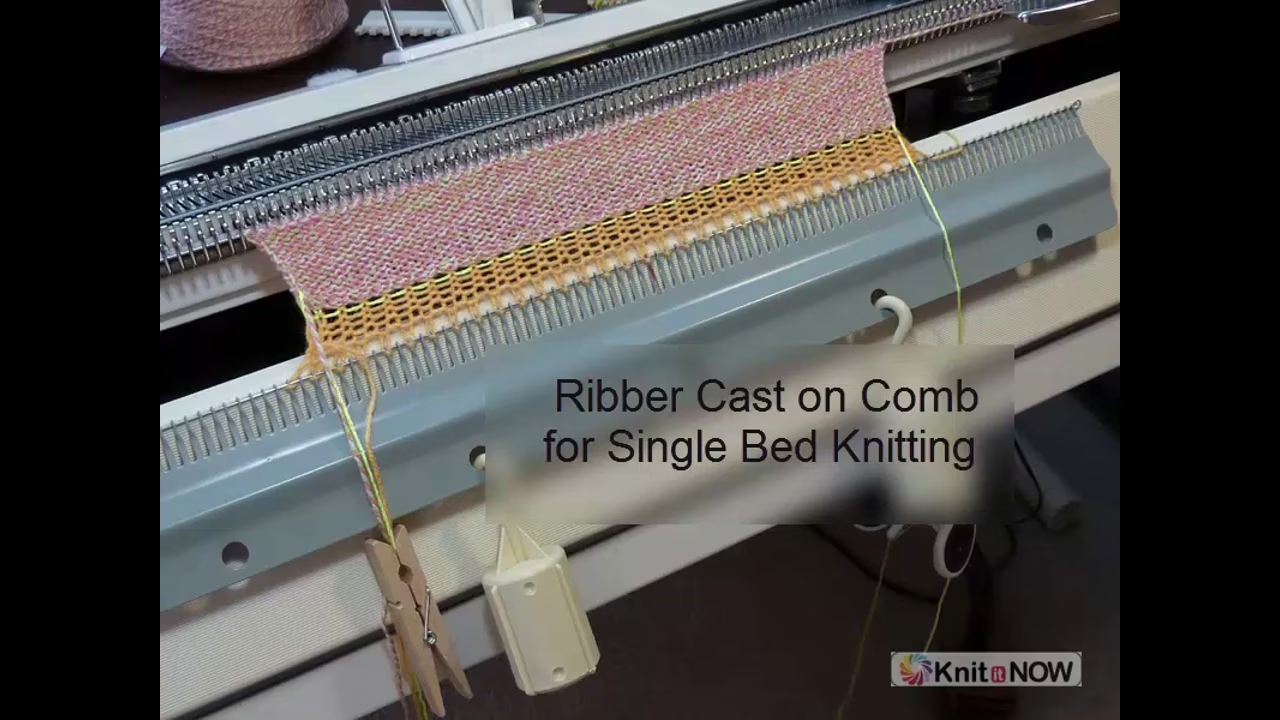
For many stitch patterns, like lace and tuck, having even weight on your work is important. If you combine single bed and double bed stitches in a single
...click to see full description
Ugly Cast On?

A new knitter wrote that she was doing something wrong when casting on. Turns out that the technique she used was just plain "ugly" for the edge of her
...click to see full description
Scrap on Scrap Off

Machine knitters often use scrap yarn (waste yarn) to start and end our knitting. Here are some tips and suggestions for including these techniques in your bag
...click to see full description
No Ribber? Ribbing Cast On Options

4 cast on choices for hand manipulated ribbing. From fast 'n easy to a gorgeous tubular cast on, you have options for getting your ribbing started
Slip Cast on - Extra FAST!
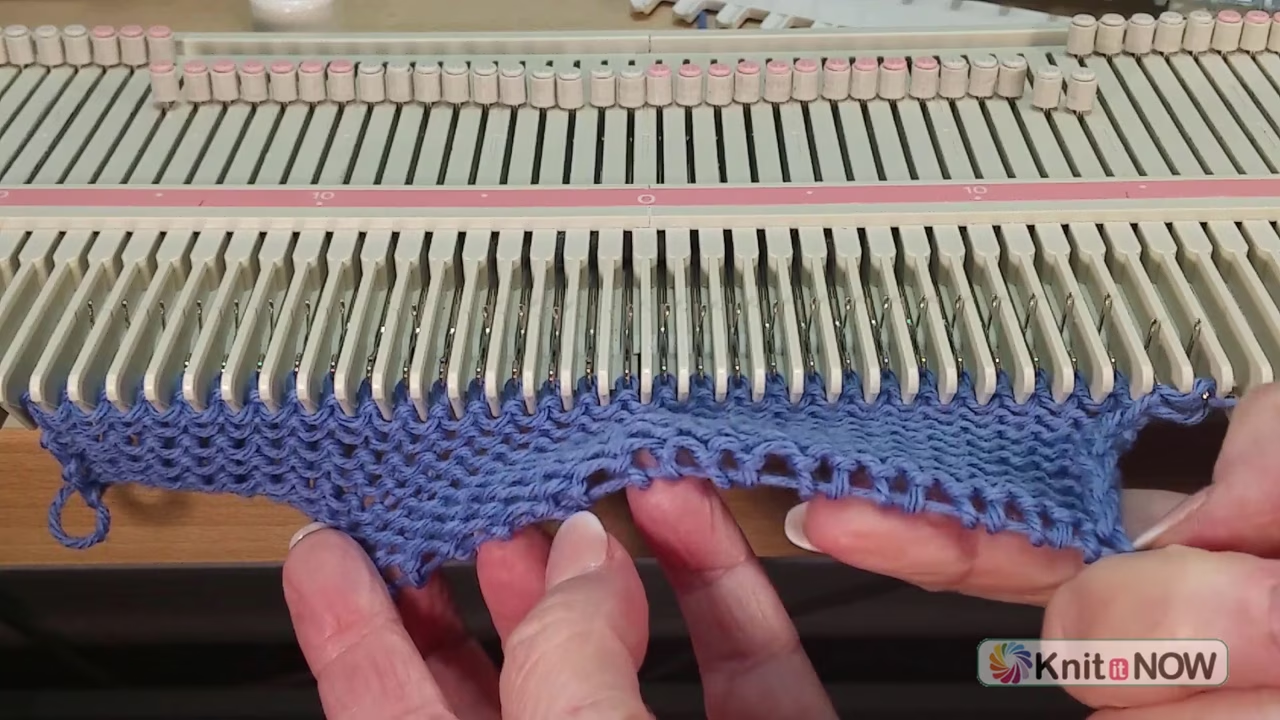
Use the slip setting on your machine for an extra fast closed cast on. PLUS use the cast on strand to quickly gather the edge ... great for knitting hats from
...click to see full description
Cast on for Points

When instructed to cast on 2-4 stitches, using a cast on rag really comes in handy. Discover this trick for an easier cast on over a few needles.
Backward E-Wrap
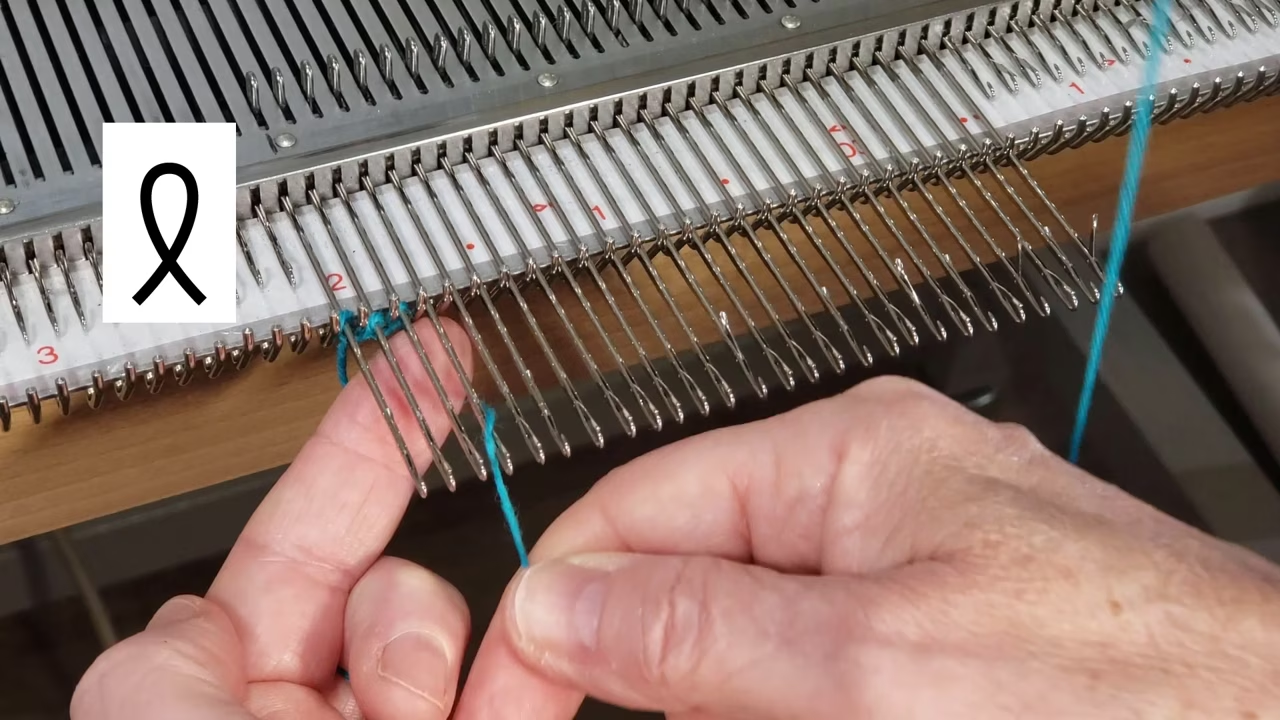
There are times when you need to e-wrap cast on from right to left. (or the opposite direction that feels natural to you). This is one skill that you need for
...click to see full description
Open Cast On with Scrap and Ravel

An open cast on secures the first row of knitting, so the stitches can be picked up by hand or re-hung on the machine. Using scrap yarn and ravel cord is the
...click to see full description
Chain Cast On with Scrap and Ravel
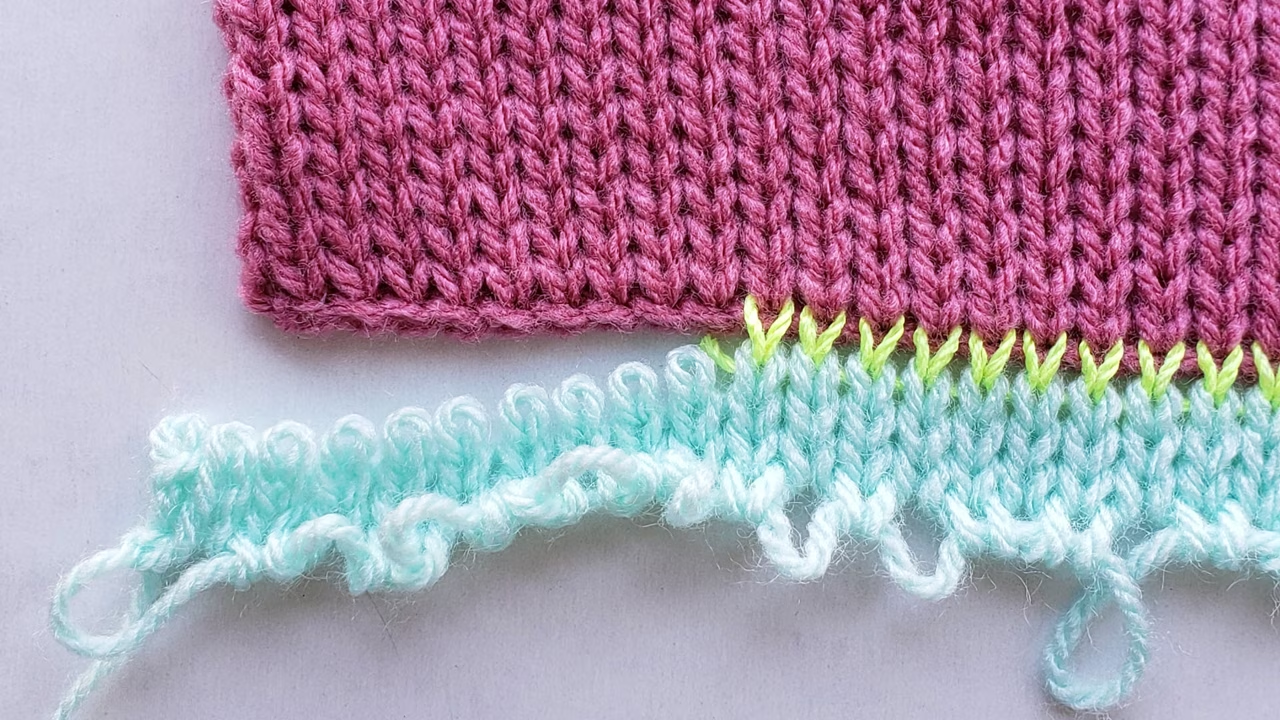
This closed cast on creates a firm, decorative edge. Using scrap and ravel makes the knitting easier.
e-Wrap Cast On with Scrap and Ravel
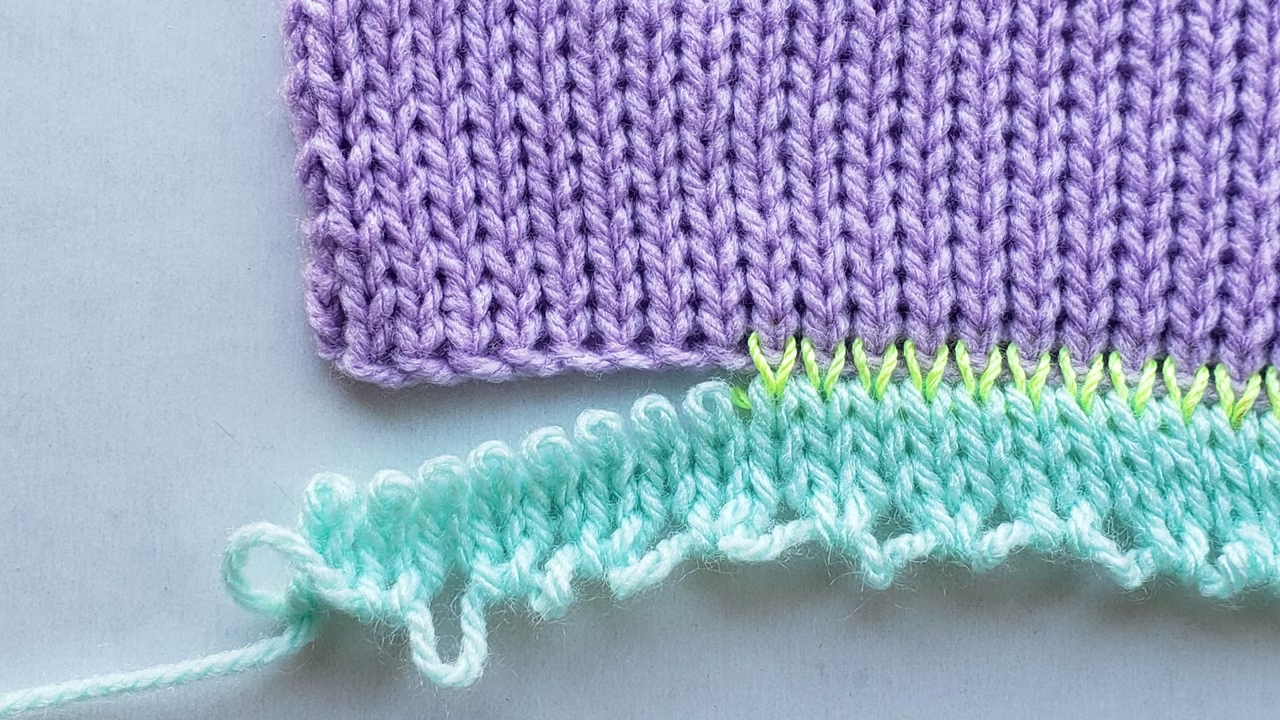
This closed cast on creates a stretchy, all-purpose edge. Using scrap and ravel makes the knitting easier.
Ribber E-wrap Cast on 2

Easy, pretty ribber cast on for 1x1 ribbing. This technique offers an alternate wrapping method for the cast on.
Compare the method
...click to see full description
Brother Automatic Cast On
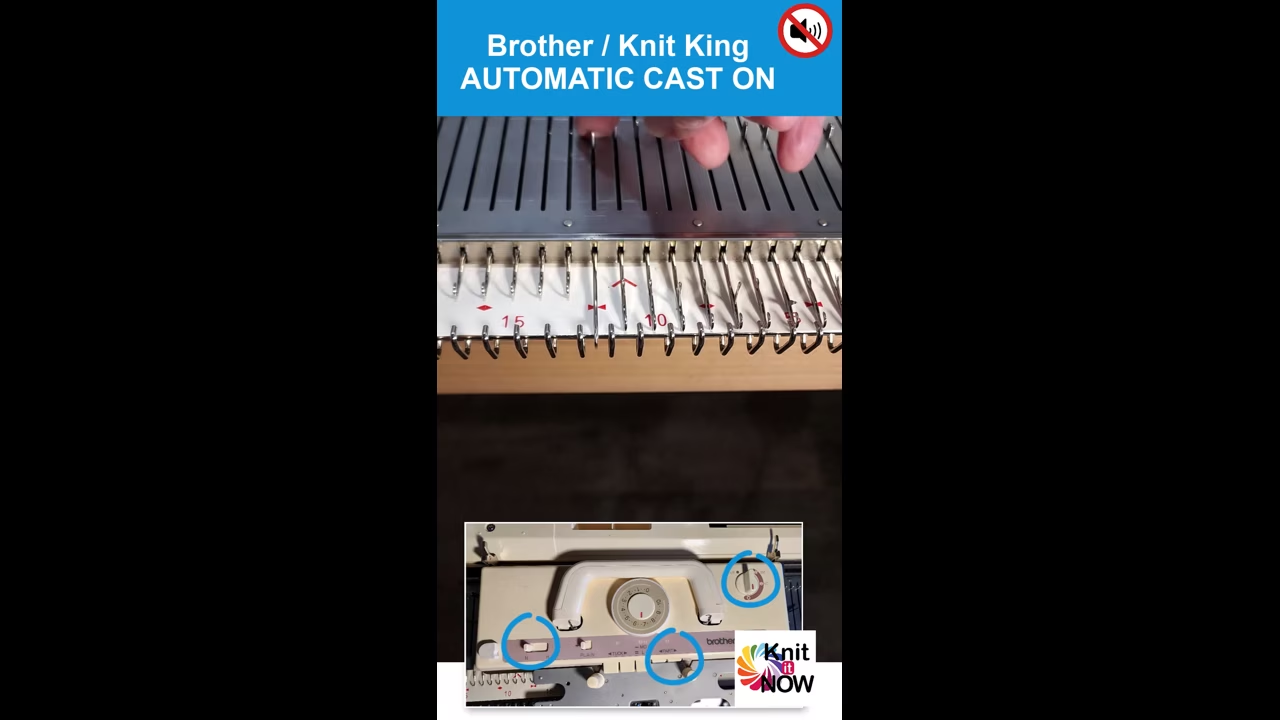
A quick e-wrap cast on without manually wrapping needles.
Taitexma TH160 Automatic Cast On

Automatic e-wrap cast on for Taitexma TH160 machine.
Quick Slip Cast On
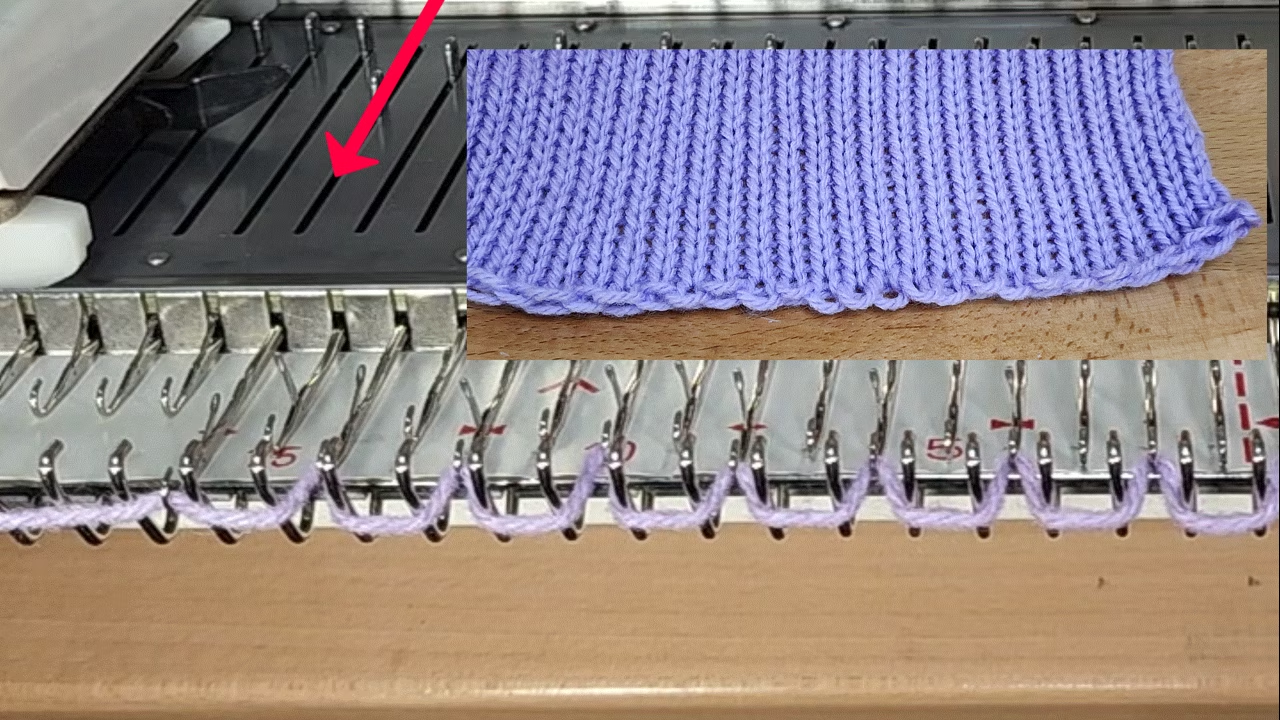
Here's an extra-fast, closed cast on using slip.
Fast 'n Easy Cast On
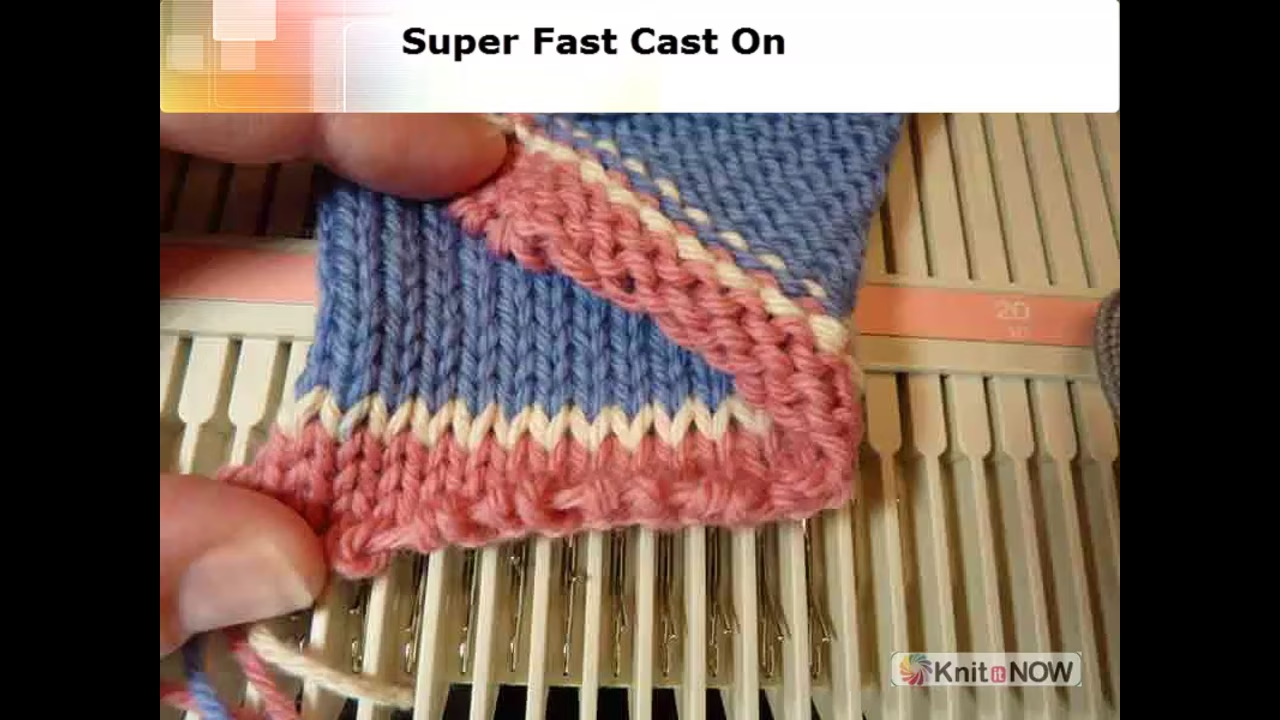
3 quick closed cast on methods
Scrap and Ravel

Commonly used, cast on method for closed or open cast on
Closed Cast on Methods

3 popular Closed Cast on Methods
2 Row Racked Cast On

Here's a quick 2 row cast on that is easy to remember
Worst Cast On EVER!

Often recommended, this cast on is loose and sloppy and should be avoided
Ribber cast on Comb for Single Bed Knitting

Add even weight across your knitting by using a ribber cast on comb.
...click to see full description
Slip Cast on for Singer | Silver | Studio
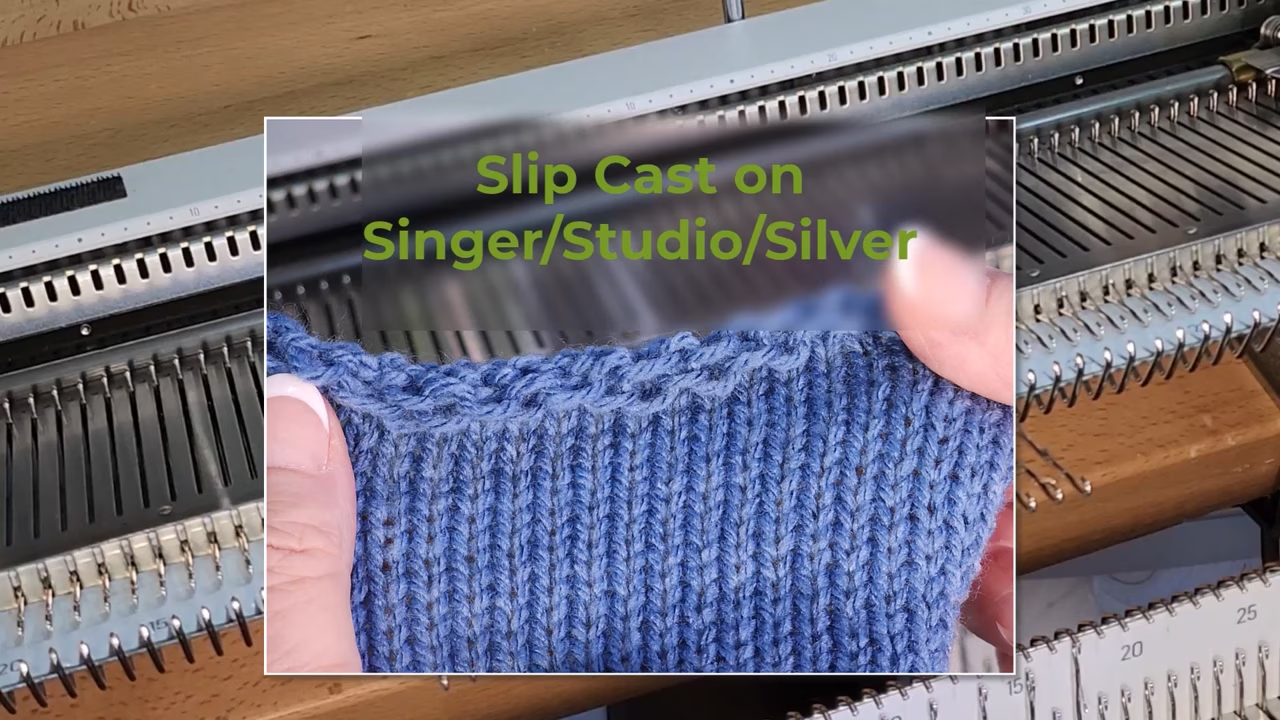
A super fast cast on for Singer/Silver/Studio machines. Demonstrated on a Silver SK860860
Open Cast on vs. Closed Cast On

There are many ways to get your knitting started. Compare open cast on and closed cast on methods.
Cast on for Brother KH260

A fast 'n easy cast on for the Brother 260 and similar machines
Lace Cast-On

Here's a closed cast on that is stretchy and nearly invisible, perfect for lace.
Broken Toe Cast On

Classic, tubular cast on with at tip for beautiful finising,
Thread Lace

Often overlooked, Thread Lace is an easy technique to create openwork "lace" fabrics. Knit with a thick yarn and a very fine yarn, there are lots of
...click to see full description
Fairisle on a Brother KH260

Demonstrated on the Brother 260 punchcard machine, these steps apply to other Brother models as well. The key is to apply all the steps.
Brother 'Dry Knitting'

Brother Machines: Preview a stitch pattern by "knitting" without any yarn.The machine will pre-select needles so you can confirm the accuracy and position
...click to see full description
Reform a column of Purl Stitches
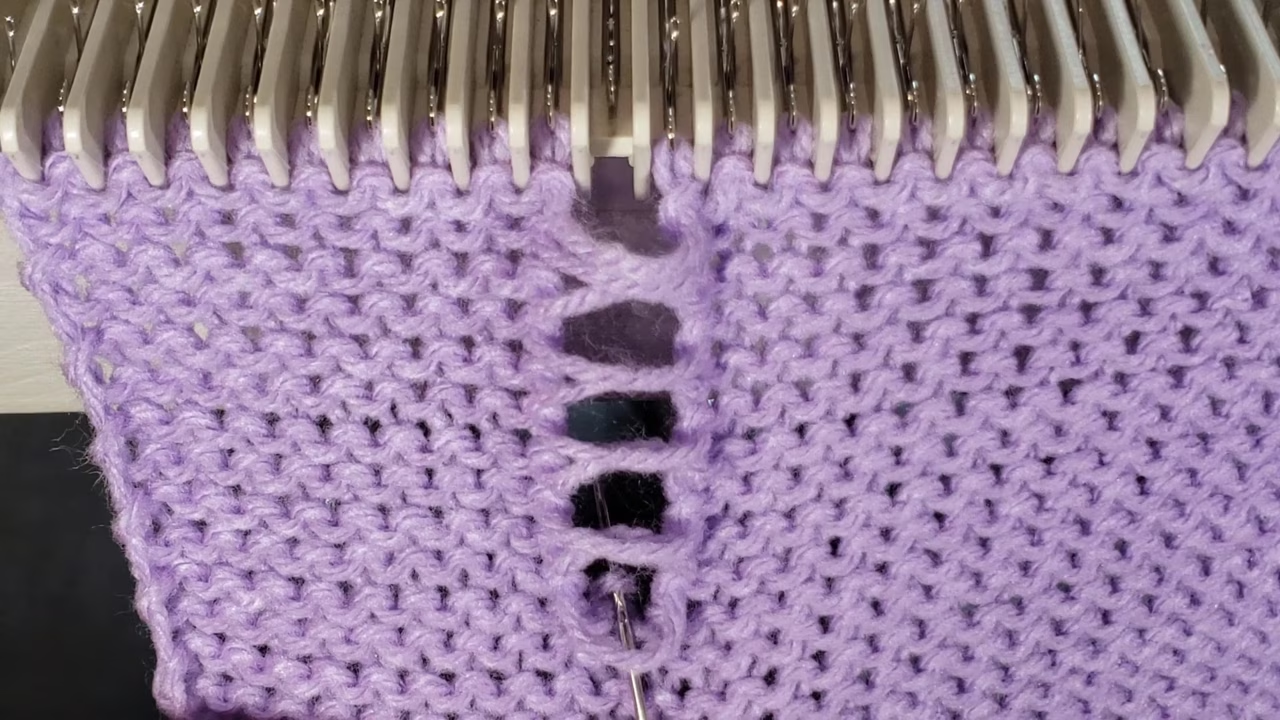
Use the latch tool to reform a column of stitches to purl stitches. This is the basic technique for creating ribbing on a flatbed knitting machine
Intarsia with a Manual Machine

Knitting intarsia on a manual machine is completely do-able! You don't need an intarsia carriage. It's a matter of taking charge of your carriage and needle
...click to see full description
Interrupted Patterning (Part 3)
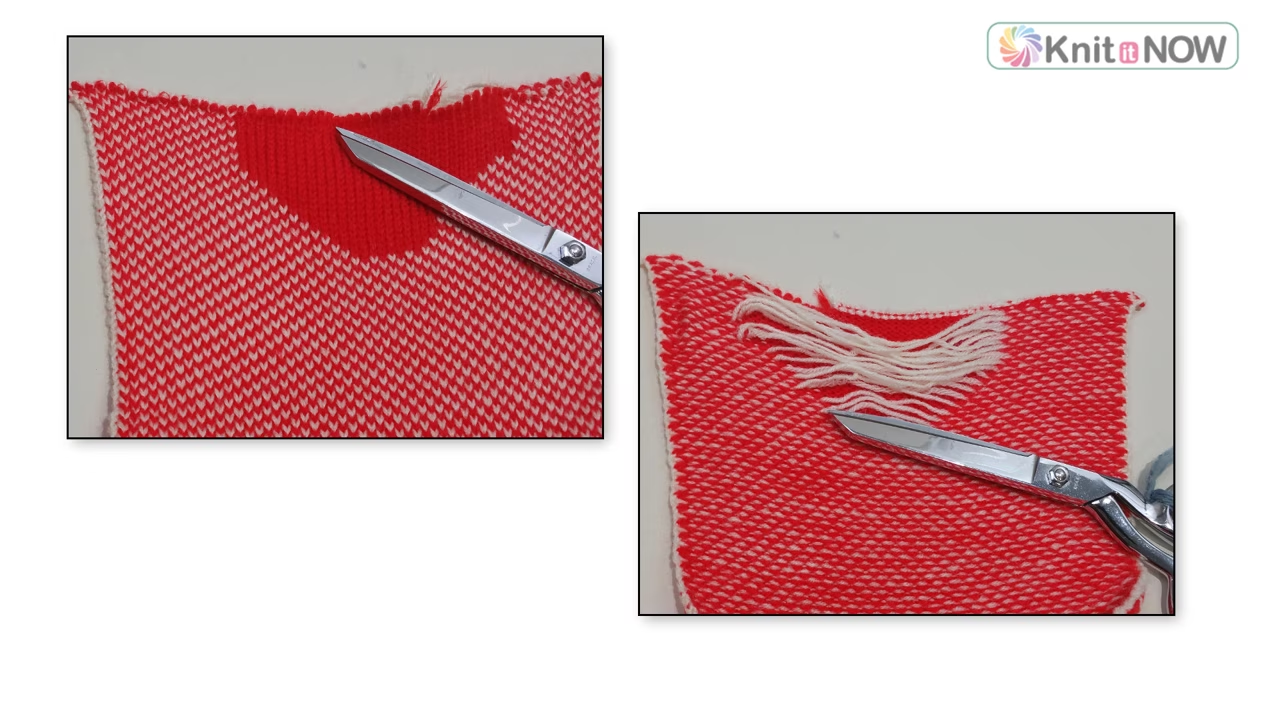
Knitting in stitch pattern with Brother machines, we can knit both sides of a neckline at the same time. Create a neckline outline as you knit to prepare your
...click to see full description
Interrupted Patterning Part 1

Shaping garments while working with automatic stitch patterns can be one of the more challenging tasks for a machine knitter.
An understanding of YOUR
...click to see full description
Interrupted Patterning Part 2
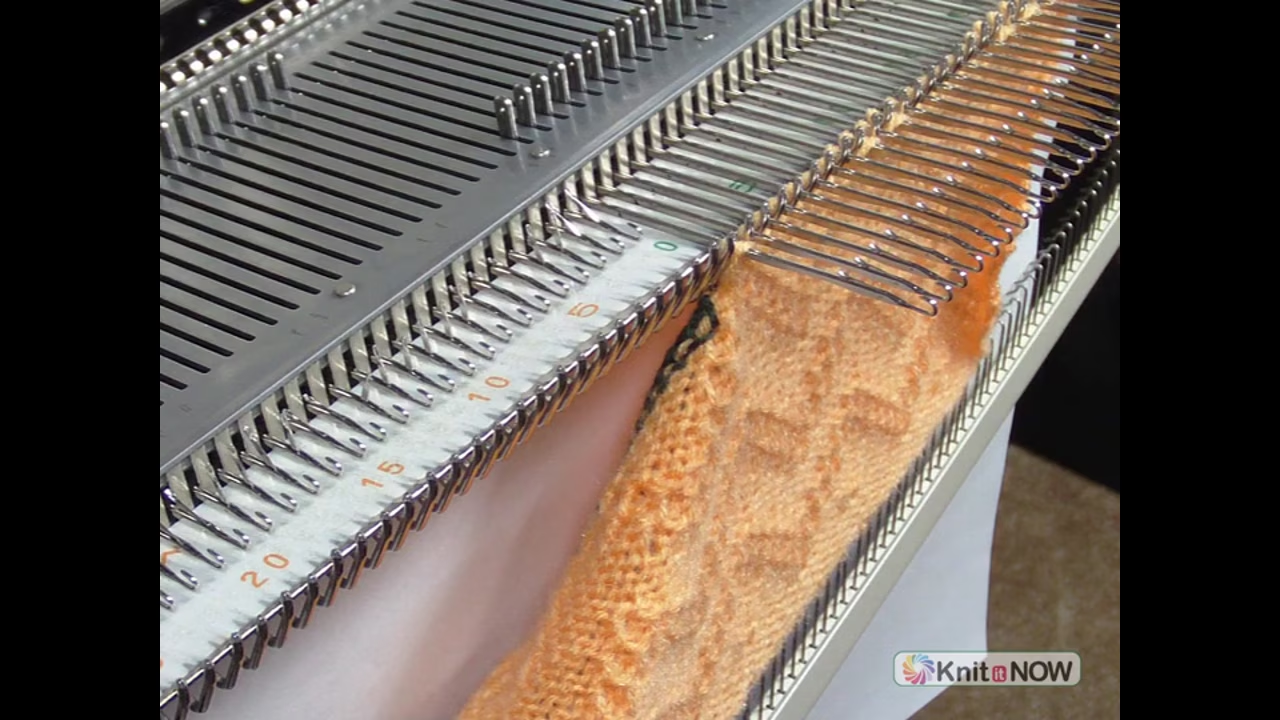
Continuing a detailed demonstration of stopping and re-starting stitch patterning.
...click to see full description
Tuck Basics

Tuck got you stumped? This popular stitch pattern can be worked on any machine. The secret is UNDERSTANDING what is happening with all the settings on
...click to see full description
Stitch Multiples

Knitting stitch multiples
Multiple of 5 plus 1, Multiple of 3 plus 2. These indicators on stitch patterns can make or break the finishing on your
...click to see full description
Stitch Types and Yarn Usage
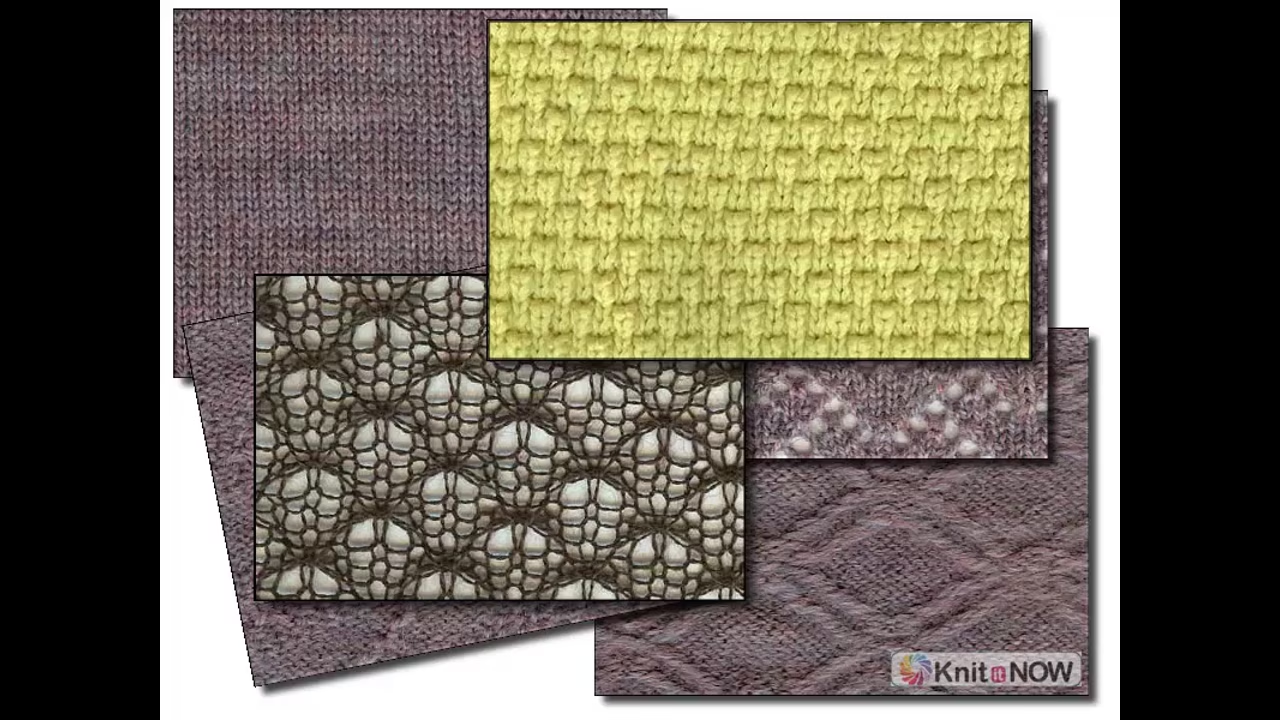
Stockinette, Slip, Tuck, Lace all make beautiful fabrics. Each has it’s own characteristics, but which one uses more yarn?
Follow along on our
...click to see full description
Fixing Dropped Stitches
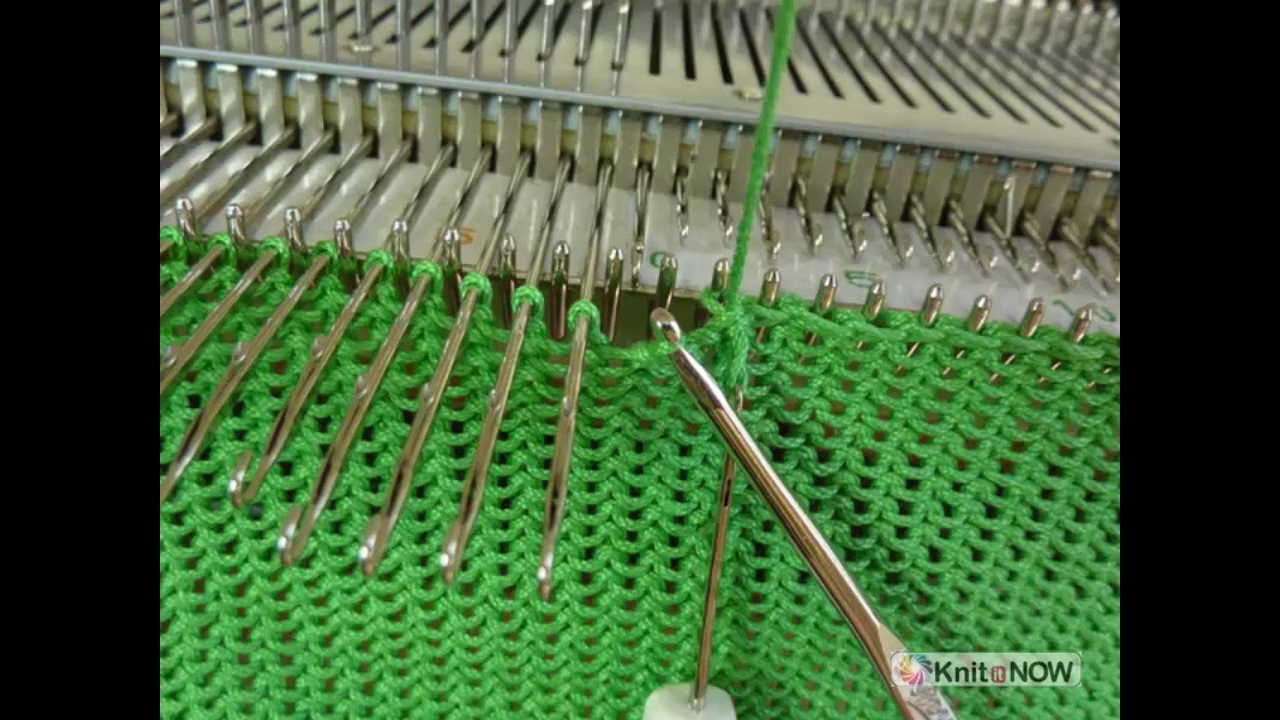
Yikes! I ran out of yarn in the middle of a row and dropped part of the row!
Dropping stitches is a fact of life for knitters. Any time you are hand
...click to see full description
Pick up a Dropped Stitch

If a stitch drops, don't panic! Use a single transfer tool to neatly pickup the stitch and re-hang it on the machine.
Rescue Row

Prevent dropped stitches and disaster!
You've ripped out a row or rehung stitches and now the stitches on the needlebed are behind the latches and not in
...click to see full description
Lifelines: A Knitter's Best Friend
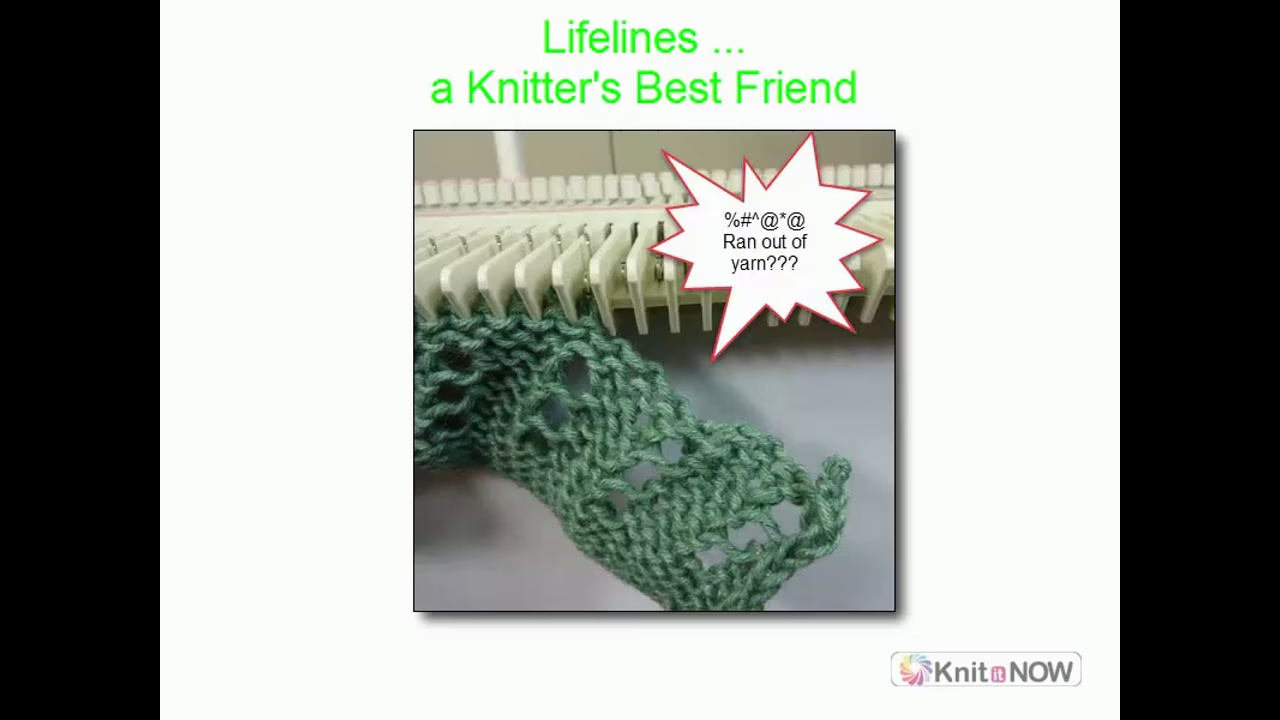
How many times have you tirelessly worked on a technique or a large section of knitting, then had disaster strike and you had to start all over?
This
...click to see full description
Open and Close Latches Manually

Here are some time-saving tips that I often use without thinking.
Working with Fuzzy Yarn

Have you ever struggled with fuzzy yarn getting hung up on the take-up spring of your machine? Here's a quick tip that will make using these yarns easier.
Tips for Slippery Yarn
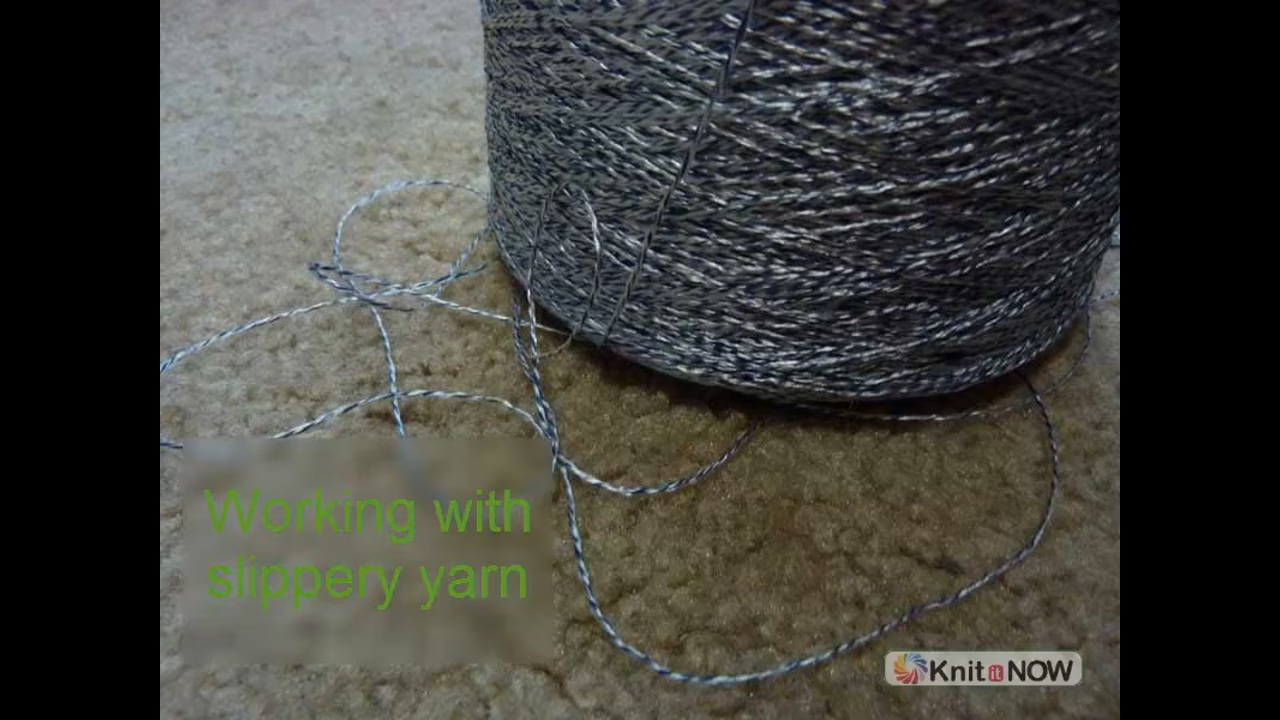
Working with cones of yarn that are slippery present some challenges.
The yarn can slip down into a pool on the floor and then catch beneath the
...click to see full description
Rip and Rehang

Need to rip down a few rows? Explore 4 tools to help repair a mistake, pick up stitches and save your knitting.
Need to Tink?
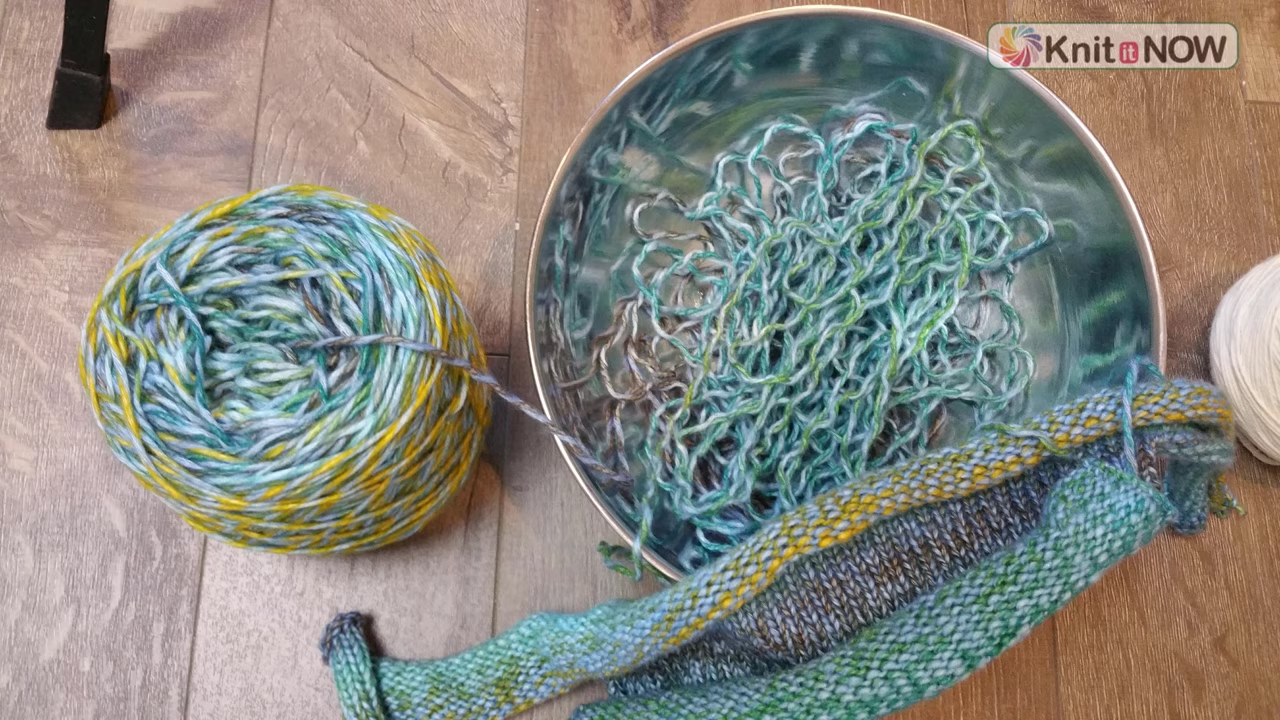
Do you need to rip? Frog (rip-it, rip-it, rip-it)? Tink (Knit backwards)? Here's a time-saving tip
Fixing Mistakes - Ripping Tips

We all make mistakes ... watch as we recover from some recent boo-boos. Includes tips you can use every day
Oops - When Bad Things happen to Good Knitters

Even with simple knitting projects like our "Right Angles Blanket", things can go wrong. The secret is to take a deep breath, don't panic and fix it!Watch
...click to see full description
LIfelines: Scrap off Method

Scrapping off your work before starting a new section or just to preserve a section of your knitting is worth the extra effort.
If (when) mistakes happen
...click to see full description
Lifelines: Ravel Cord Method

If disaster strikes, it's good to have a lifeline - a row where you've secured your stitches. You can rip back to this row, easily pick up the stitches and
...click to see full description
Seaming Stitches to Rows
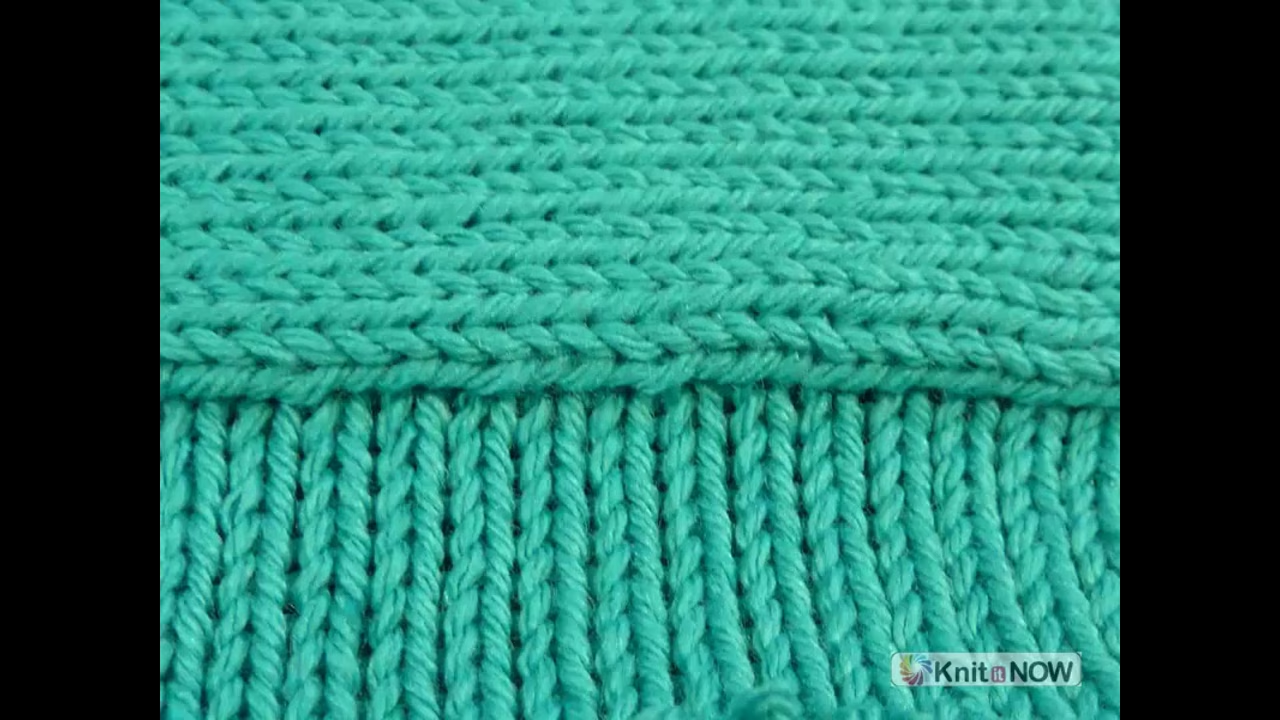
"Pick up the inside loop of the outside stitch" HUH?
When picking up stitches along the side of your knitting, you have choices.
Follow along as we
...click to see full description
Upside Down Stitches

Something odd happens when you pick up stitches from a cast on edge ... a stitch gets "lost". Explore the reason and solutions
Lifelines: Best Advice EVER!

Prepare for those inevitable mistakes. The best MK advice I've been given.Learn more about lifelines and fixing mistakes in the Classroom:
...click to see full description
Passap DM80 Edge Springs
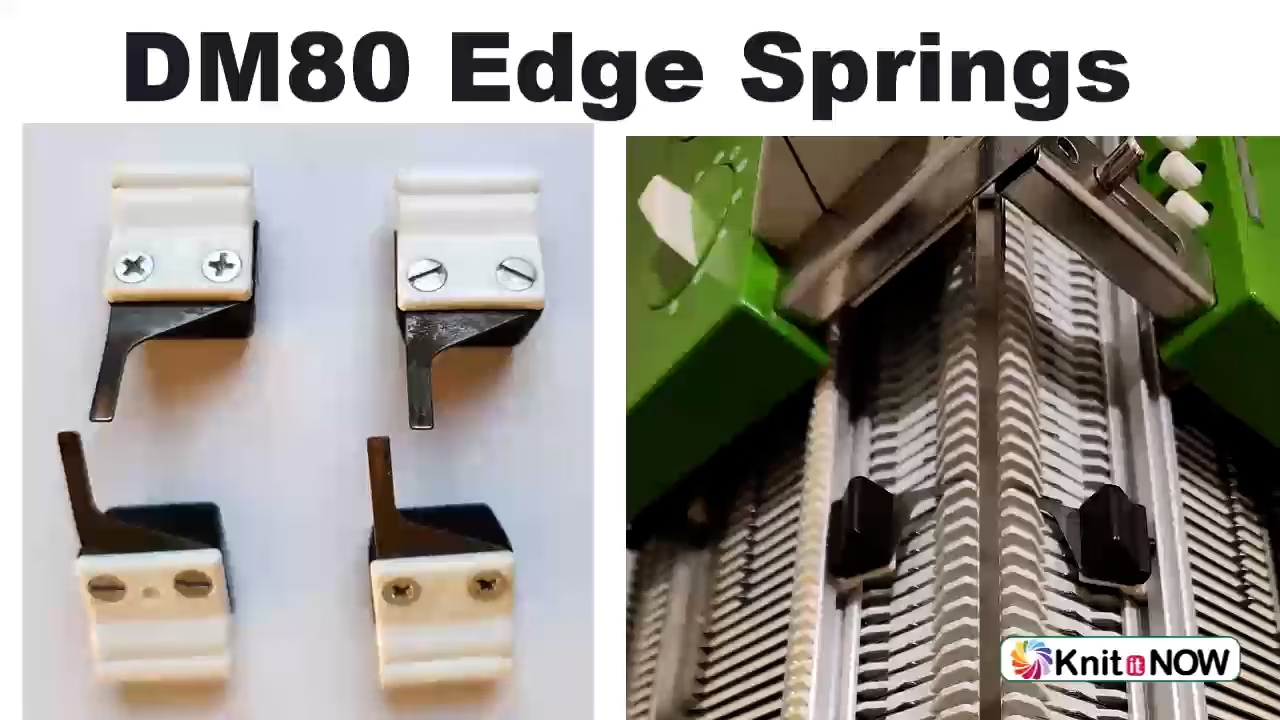
Essential for the proper formation of the edge stitches of your knitting, be sure to use the edge springs.
Design a Blanket
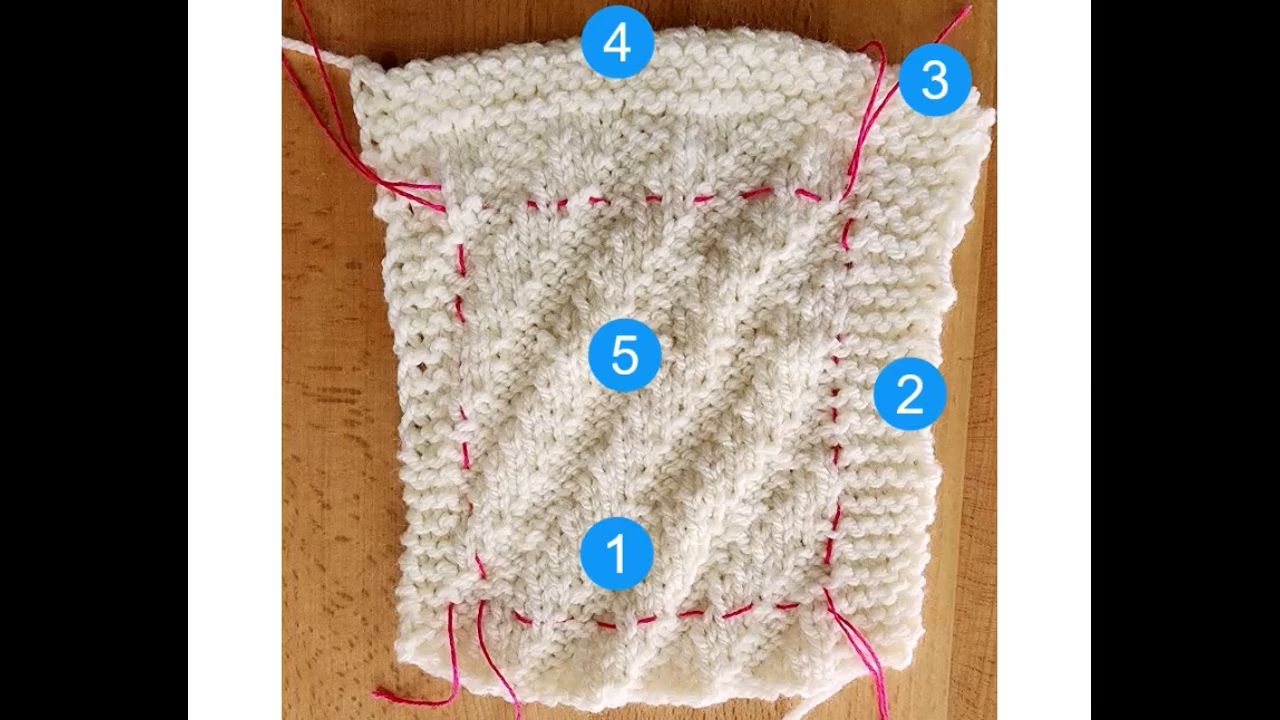
Using the information provided by a swatch, follow along as I plan and chart a blanket.
...click to see full description
Replace a Needle Position Tape (Number Strip)

.my_left {
border-left: 6px solid #ccc!important;
}
Also known as a needle
...click to see full description
Why is the tension mast bent?

When setting up your machine, notice that the tension mast is slightly bent at one end. Explore how to correctly insert the mast in the machine.
Using the latch Tool

A latch tool is essential for machine knitters
It can be used to re-form stitches (knit and purl atitches), binding off and for hand manipulation.
Jaws (aka Shadow Lace Transfer Tool)

The shadow lace transfer tool was originally designed to create "lace" by transferring stitches between the needlebeds.
Most knitter have adopted this tool
...click to see full description
No-Roll Edges

A simple technique for "taming the curl" for edges that won't be seamed. Perfect for Scarves, Shawls and blankets.For more tips for dealing with rolled
...click to see full description
Every other Needle Knitting

Often knitters will use every other needle to knit a heavier yarn on a standard gauge machine. Learn the why and how of this technique
Ladders: 5 Uses
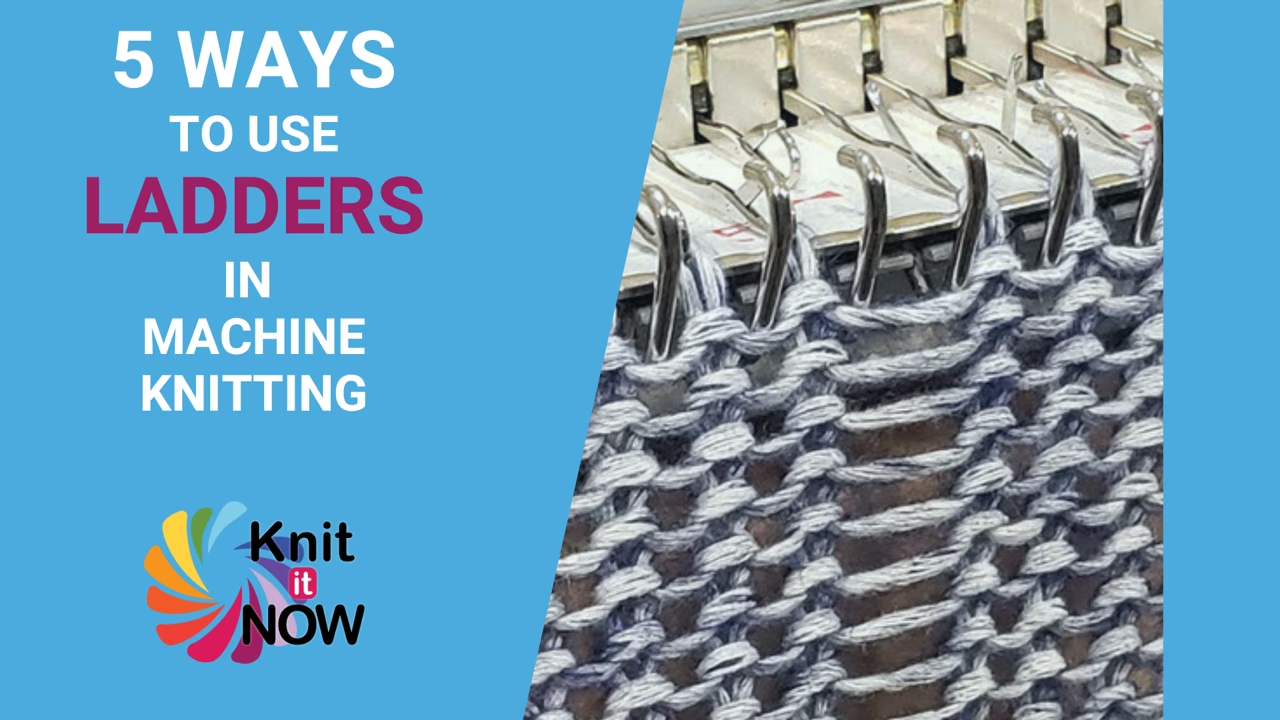
Ladders: Put needles out of work to use for your knitting.
...click to see full description
Ribbed Turning Row

Create crease with a turning row for a doubled band knit in ribbing.
Rehang Stitches

Temporarily pause your knitting and rehang the stitches to begin again by scrapping off and rehanging.
Yarn for Knitting Machines

You don't need "special" yarn for machine knitting. Here are the facts.
WPI YPP - Compare Yarns
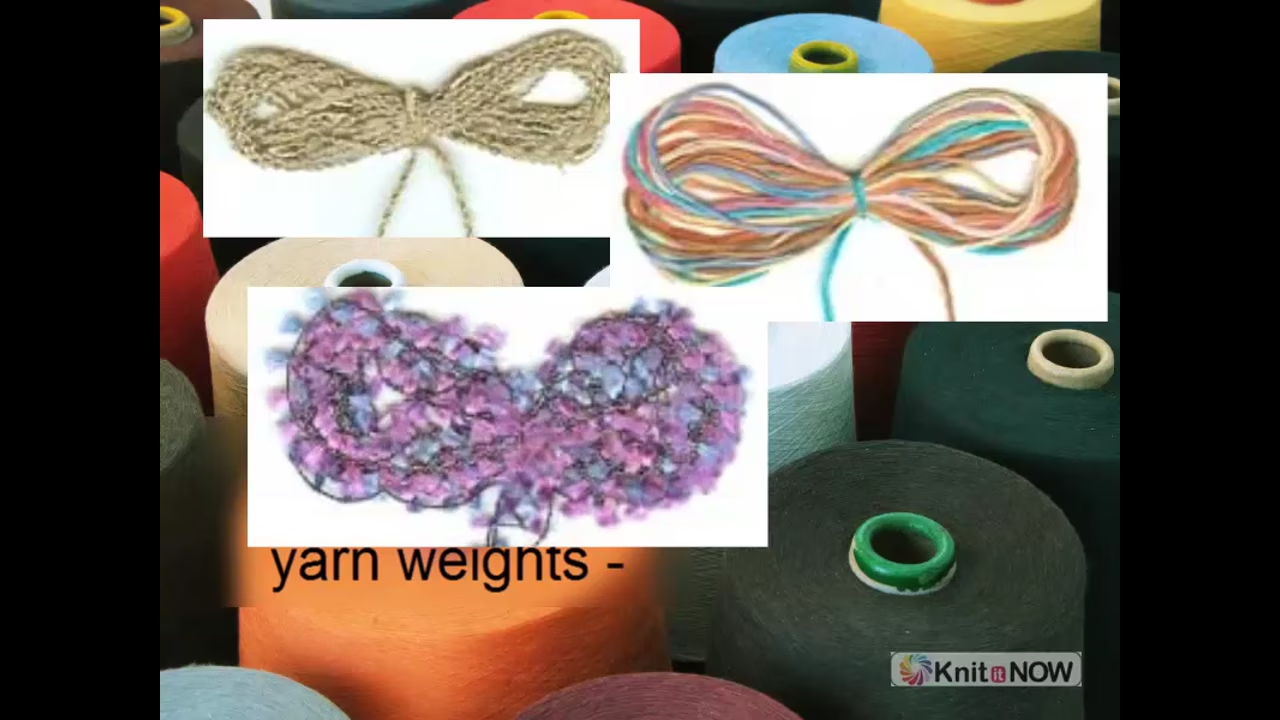
Learn to compare yarns to find new favorites or to substitute yarn in patterns.
Understanding the WPI (Wraps per Inch) and YPP (yards per pound)
...click to see full description
Yarn Bias

Sometimes a knitted swatch comes off the machine skewed. No amount of blocking or ironing will make it square. This tutorial offers tips for dealing with yarn
...click to see full description
2 Row Racked Cast On
Backward E-Wrap
Best Machine Knitting Advice
Bind off Basics
Bridging Challenge aka Free Pass
Broken Toe Cast On
Brother 'Dry Knitting'
Brother Automatic Cast On
Cast on for Brother KH260
Cast on for Points
Chain Cast On
Chain Cast On with Scrap and Ravel
Closed Cast on Methods
Creating a Cast on Rag
Design a Blanket
Double E-wrap 3 techniques
Duplicate Stitch
E-Wrap Cast On
End Needle Selection: Brother machines
End Needle Selection: Silver-Singer
Every other Needle Knitting
Every other needle cast on
Fairisle on a Brother KH260
Fast 'n Easy Cast On
Favorite Bind Off
Favorite Bind off
Figure 8 Bind Off
Fixing Dropped Stitches
Fixing Mistakes - Ripping Tips
Fixing Mistakes - Speed Ripping
Free Pass (Position the carriage)
Hold That Needle! Understanding the ‘Hold Position’ on Any Machine
How Much Yarn Do I Need?
How to Knit a Proper Swatch: The Secret to Machine Knitting Success
I-Cord on the Machine
Intarsia with a Manual Machine
Interrupted Patterning (Part 3)
Interrupted Patterning Part 1
Interrupted Patterning Part 2
Jaws (aka Shadow Lace Transfer Tool)
LIfelines: Scrap off Method
Lace Cast-On
Ladders: 5 Uses
Latch Tool Bind Off
Lifelines: A Knitter's Best Friend
Lifelines: Best Advice EVER!
Lifelines: Ravel Cord Method
Manual Wrap for Short Row Shaping
Marker Rows
Need to Tink?
Needle Pitch - Why does it matter?
Needles out of Work Bind Off
No Ribber? Ribbing Cast On Options
No-Roll Edges
Oops - When Bad Things happen to Good Knitters
Open Cast On with Scrap and Ravel
Open Cast on vs. Closed Cast On
Open and Close Latches Manually
Partial Bind Off
Passap DM80 Edge Springs
Pick up a Dropped Stitch
Quick Knot Fix
Quick Scrap Off Tip
Quick Slip Cast On
Ready, Set, KNIT!
Reform Stitches with Latch Tool
Reform a column of Purl Stitches
Rehang Stitches
Replace a Needle Position Tape (Number Strip)
Replay: Knitting Disasters - Prevent and Cure
Rescue Row
Ribbed Turning Row
Ribber Cast On Comb for Single Bed Knitting
Ribber E-wrap Cast on 2
Ribber cast on Comb for Single Bed Knitting
Rip and Rehang
Scrap Off
Scrap and Ravel
Scrap on Scrap Off
Seaming Stitches to Rows
Set In Sleeve Perfection
Singer/Silver Thread the Carraige
Singer/Silver Thread the Yarn mast
Slip Cast on - Extra FAST!
Slip Cast on for Singer | Silver | Studio
Stitch Multiples
Stitch Types and Yarn Usage
Stretchy (Back stitch) Bind Off
Stretchy Bind Off without Gate Pegs
Super Fast Closed Cast On
Taitexma TH160 Automatic Cast On
Take off Live Stitches
Taming Yarn Tails
Thread Lace
Tips for Slippery Yarn
Toes and Heels - Automatic Wrap
Transfer Stitches with a Double Eye Needle
Troubleshooting Tips - Casting On
Troubleshooting Tips - Pattern Knitting
Troubleshooting Tips - Plain Knitting
Tuck Basics
Ugly Cast On?
Upside Down Stitches
Using the McMorran Yarn Balance
Using the latch Tool
WPI YPP - Compare Yarns
Weaving Cast on
Weaving Cast on WITHOUT Brushes
Why is the tension mast bent?
Working with Fuzzy Yarn
Worst Cast On EVER!
Yarn Bias
Yarn Counts - What do Those Numbers Mean?
Yarn Tails
Yarn for Knitting Machines
e-Wrap Cast On with Scrap and Ravel